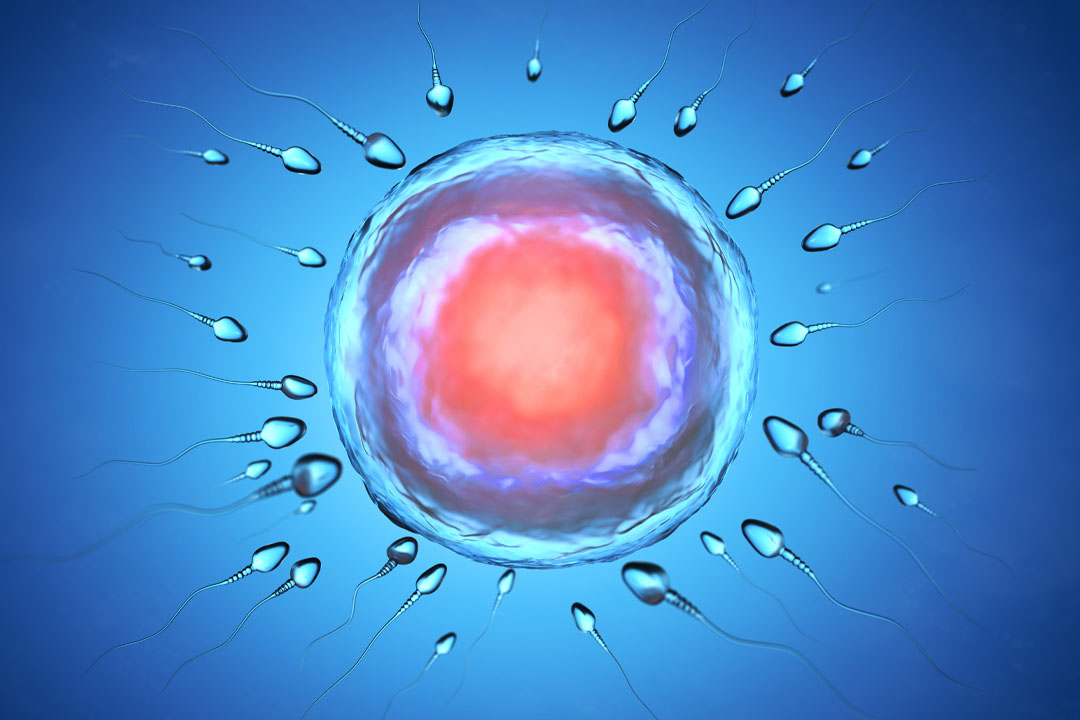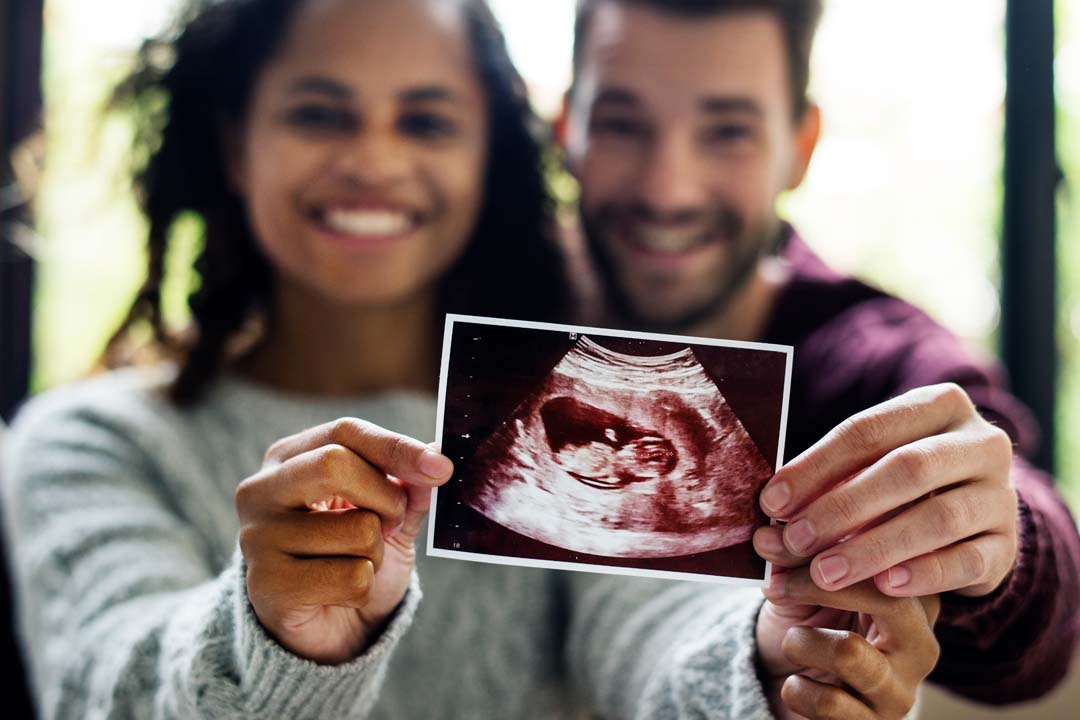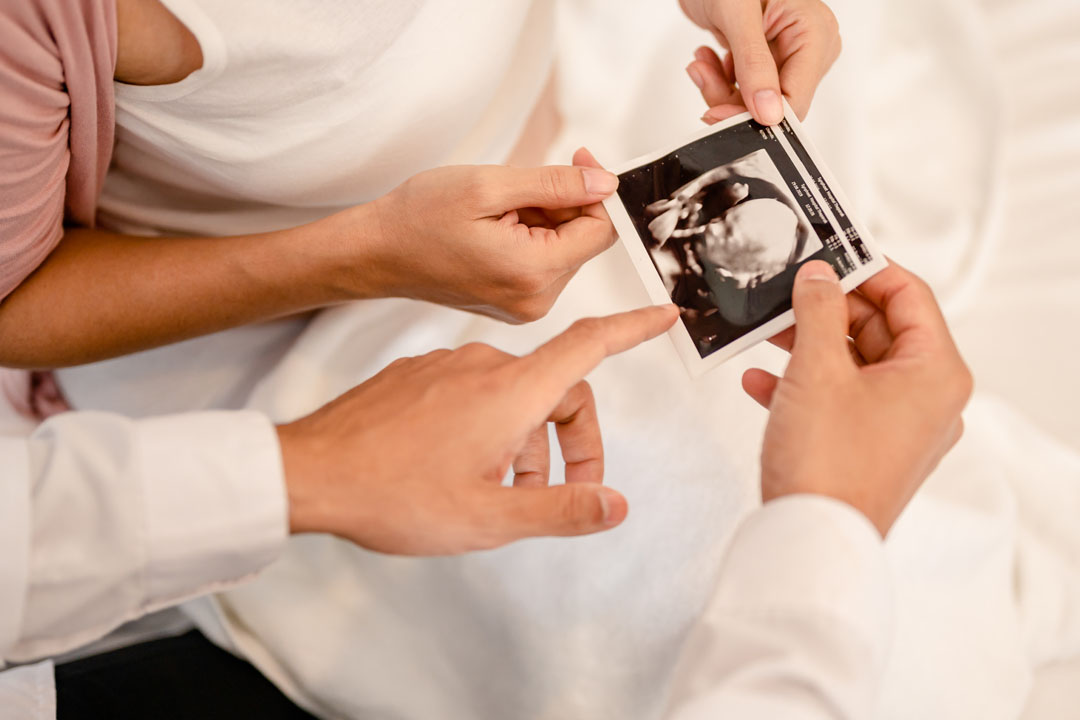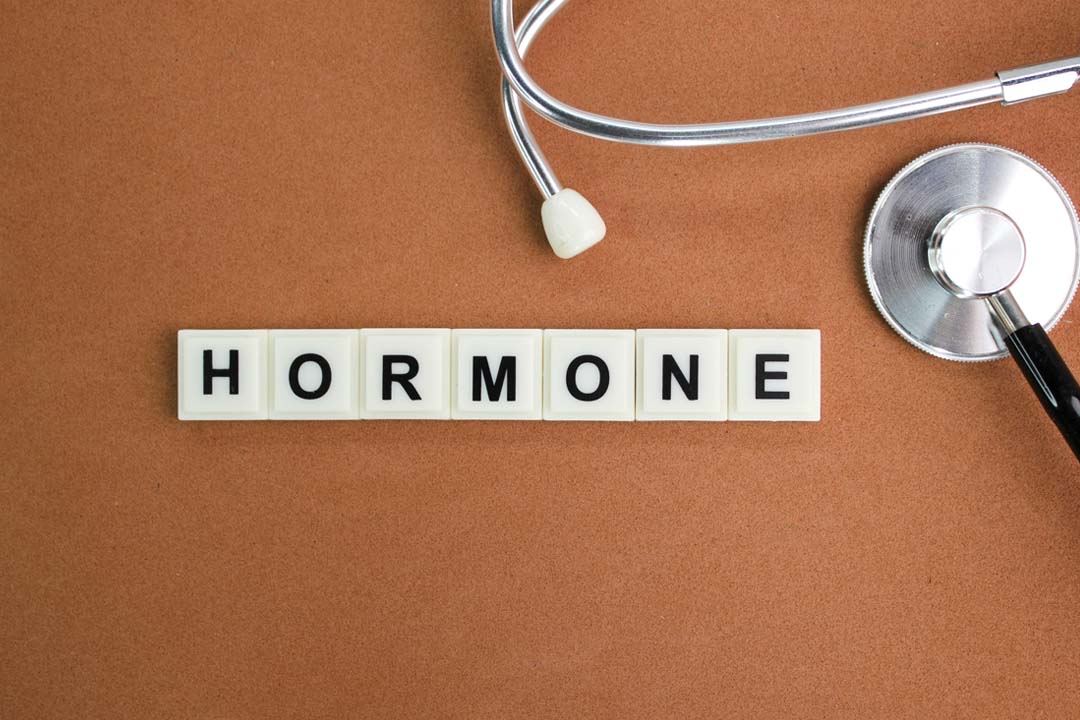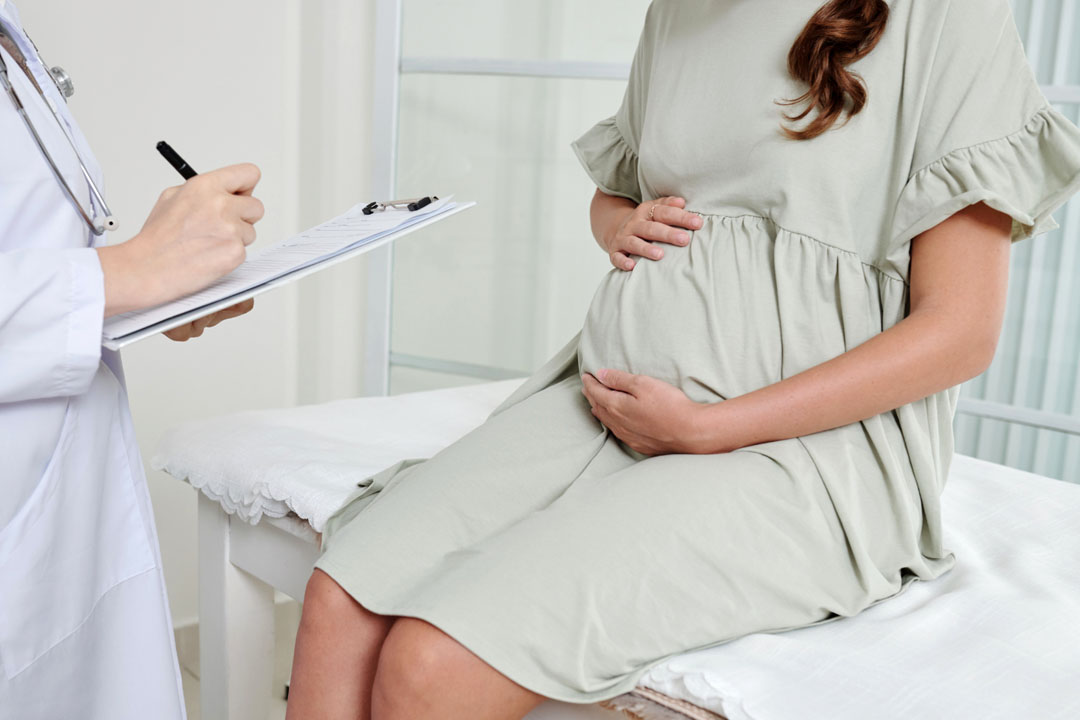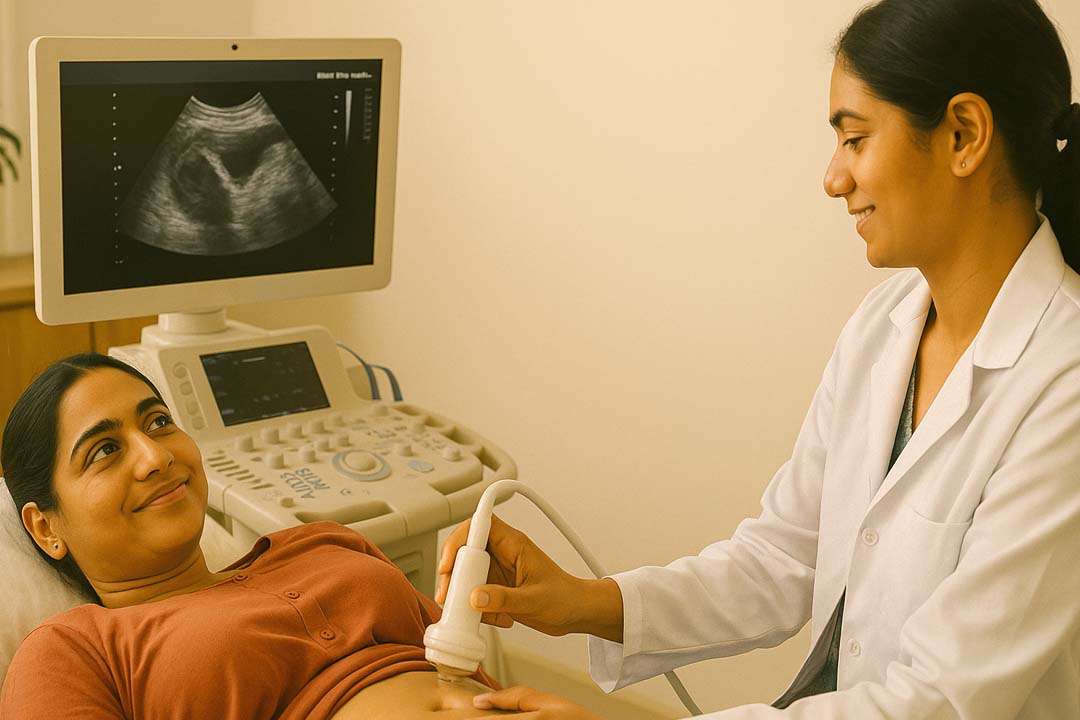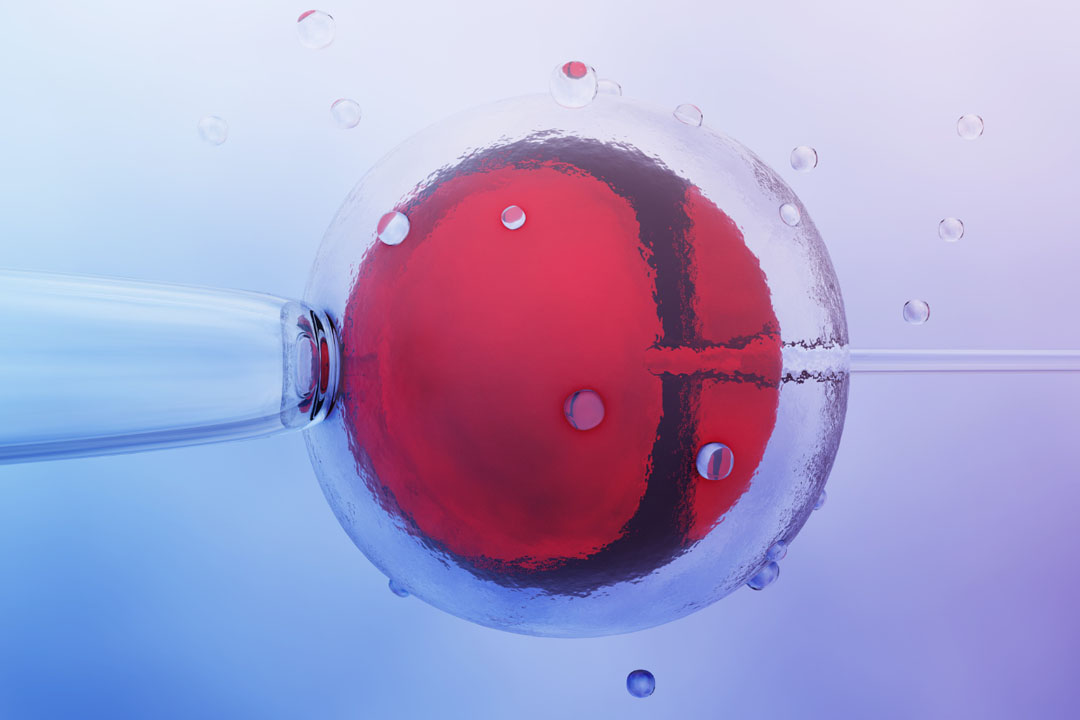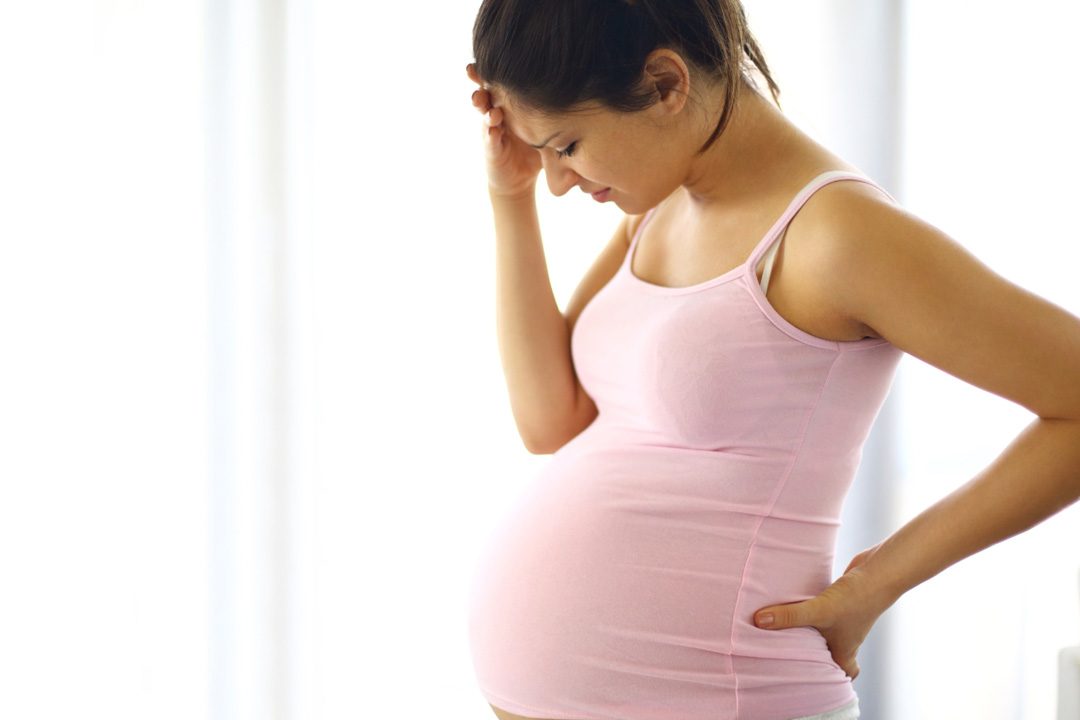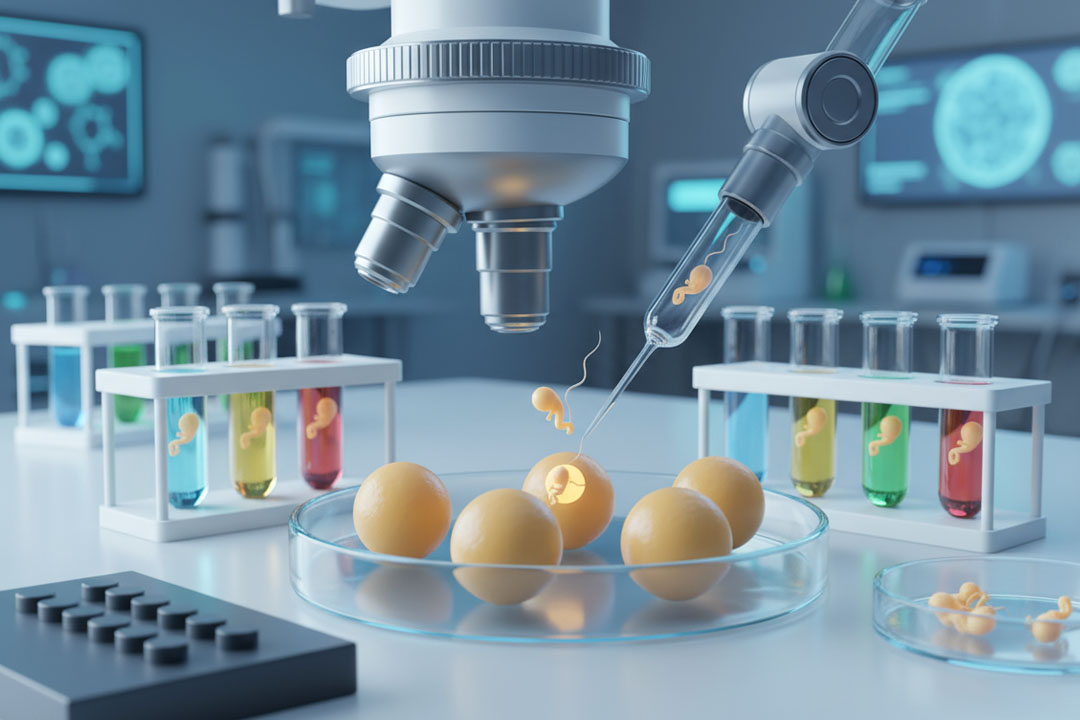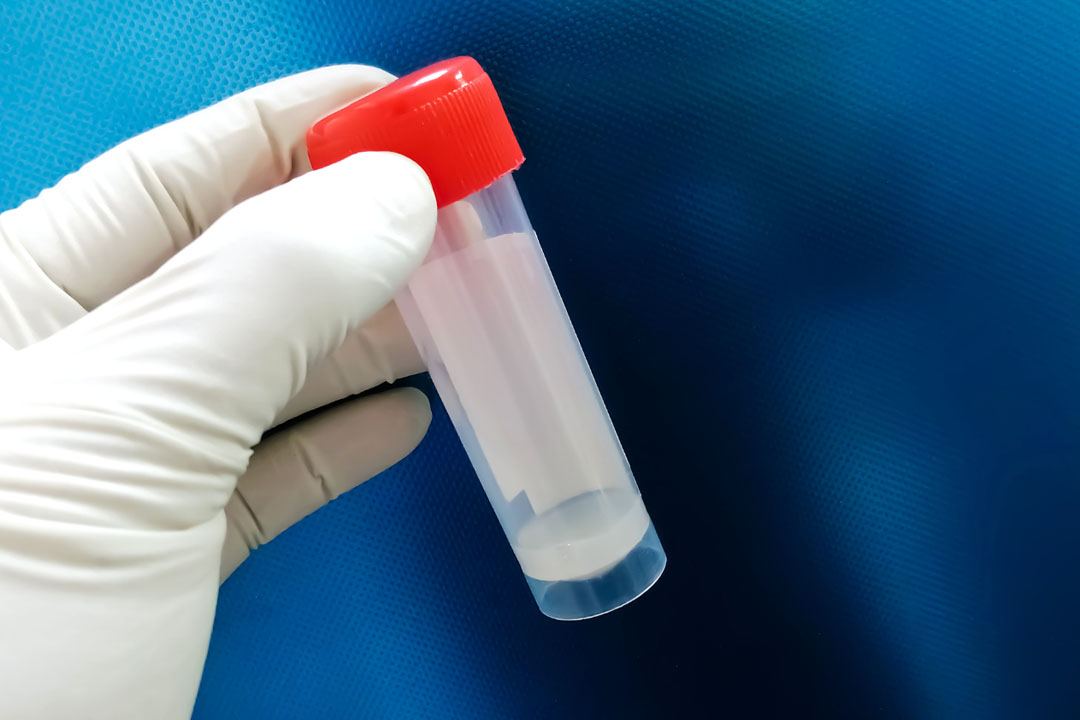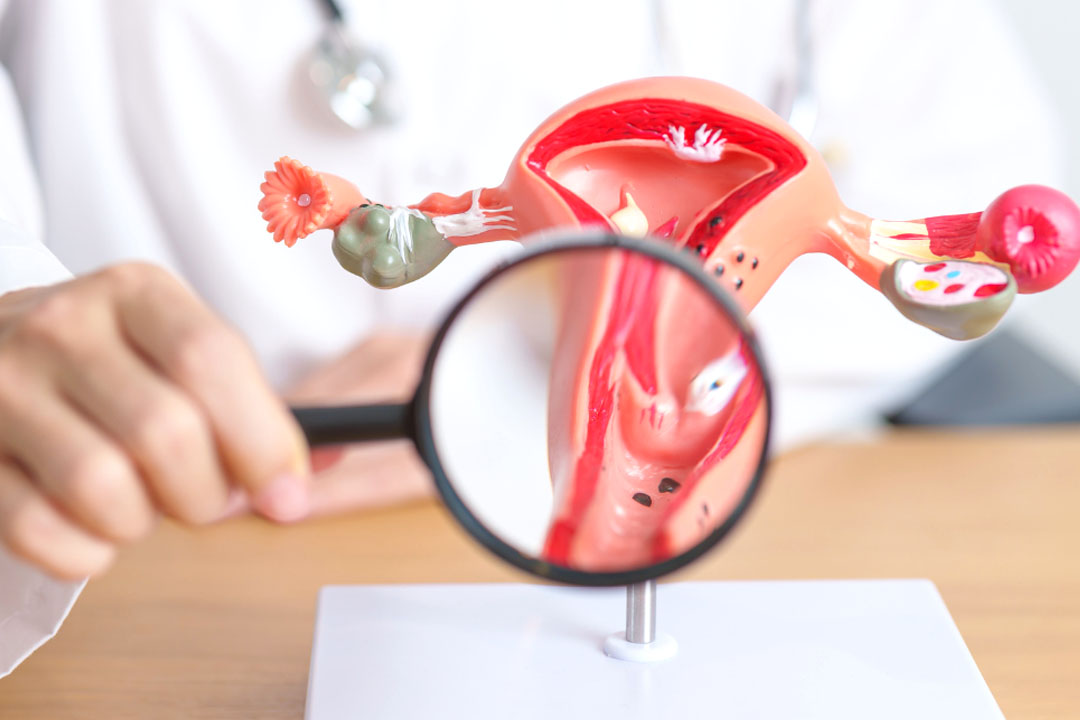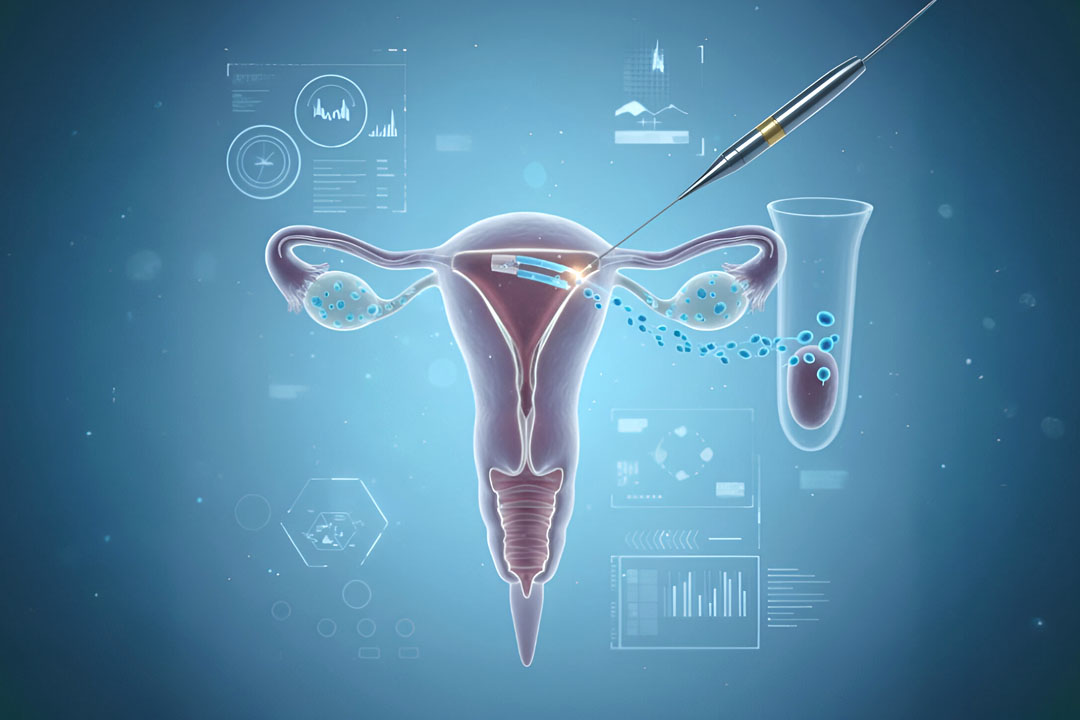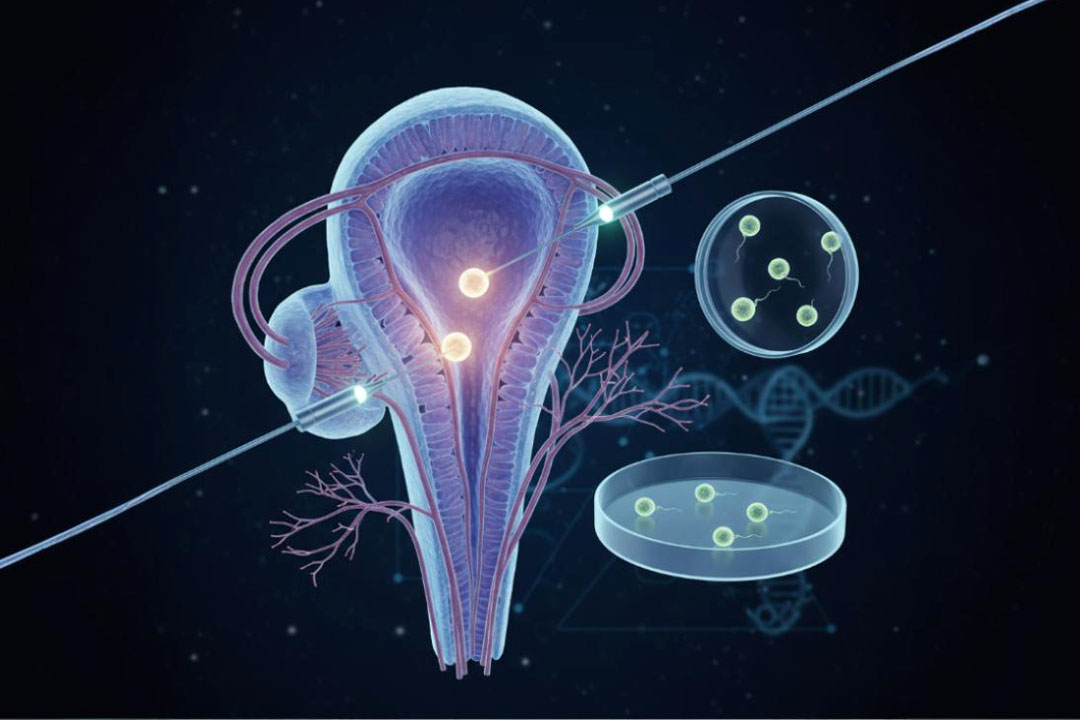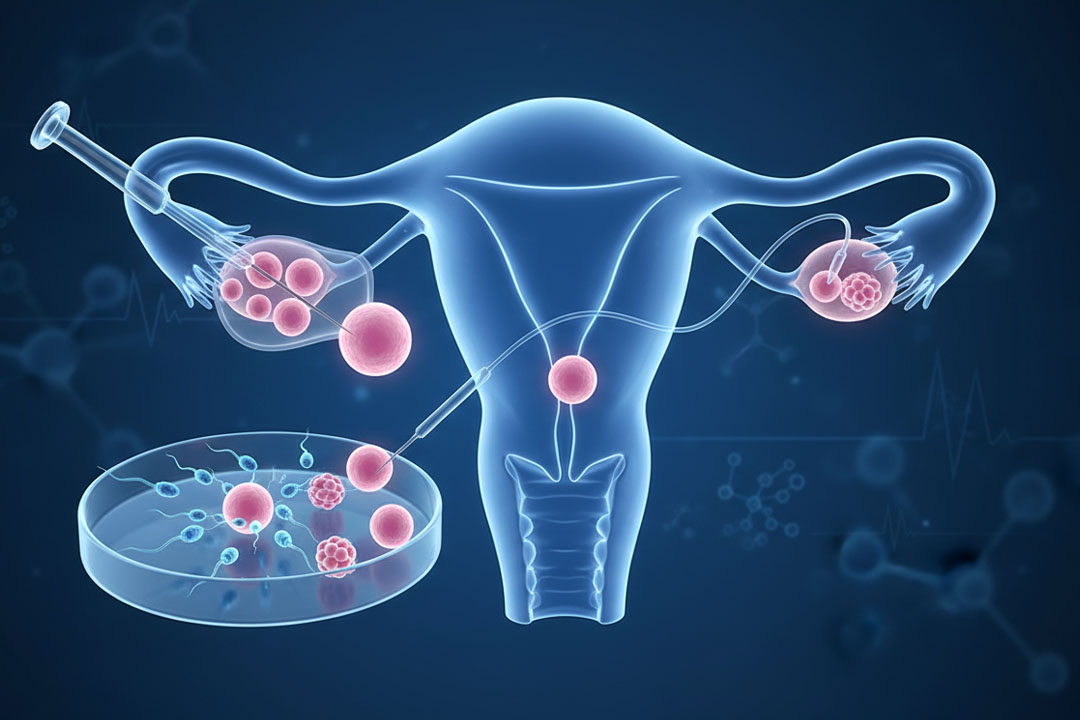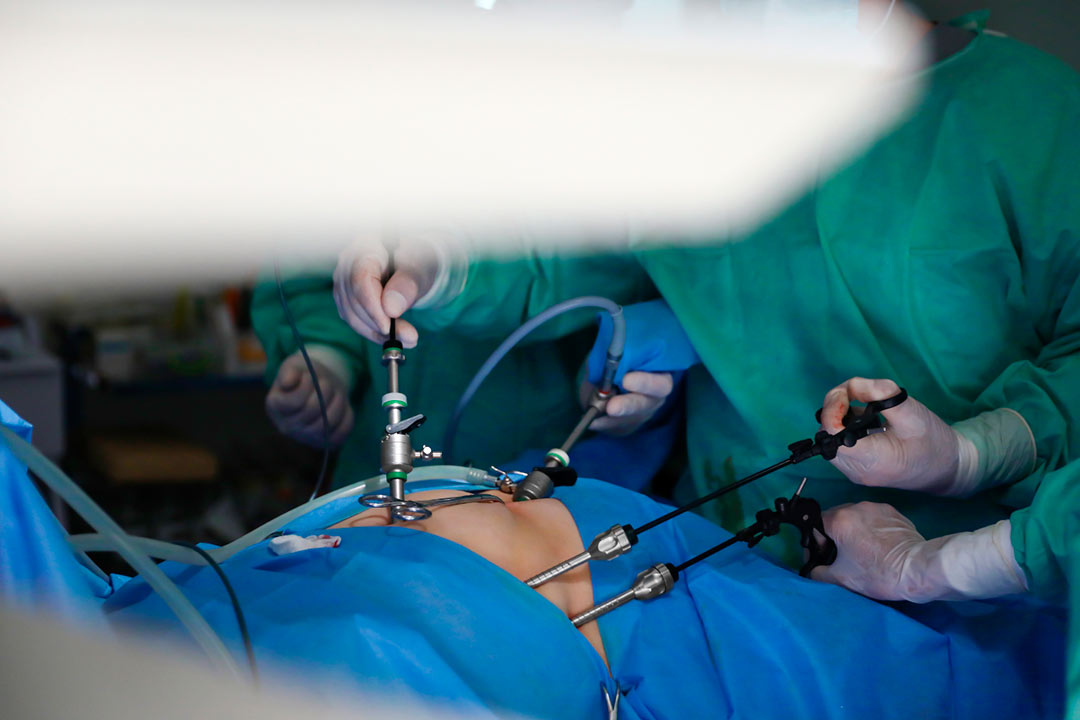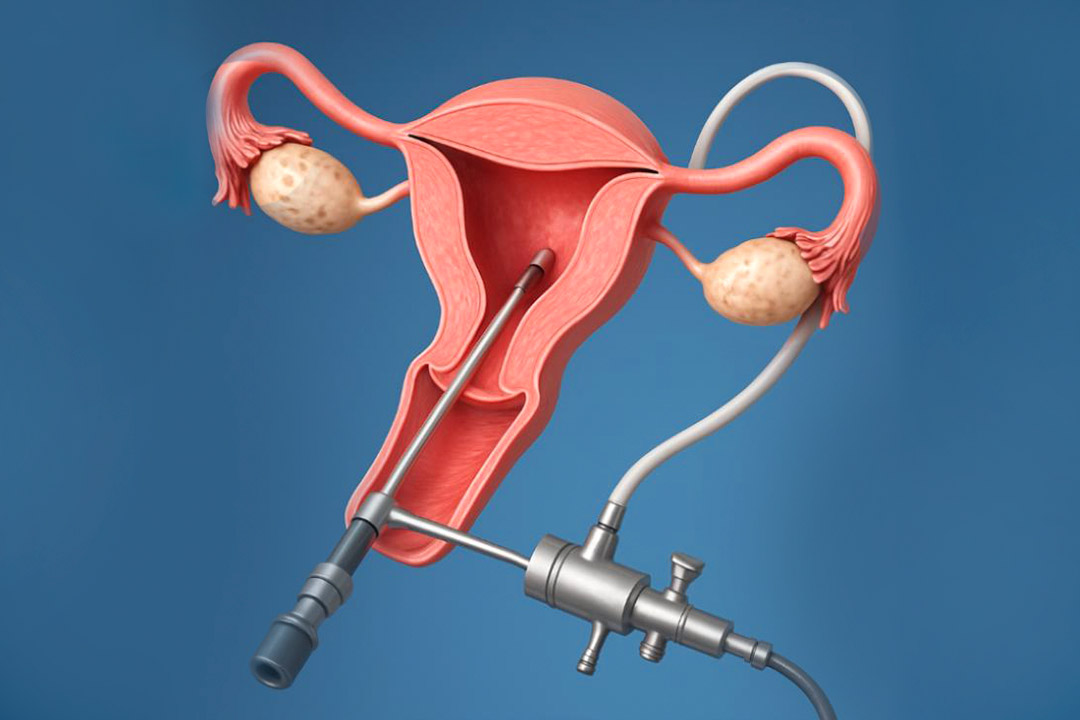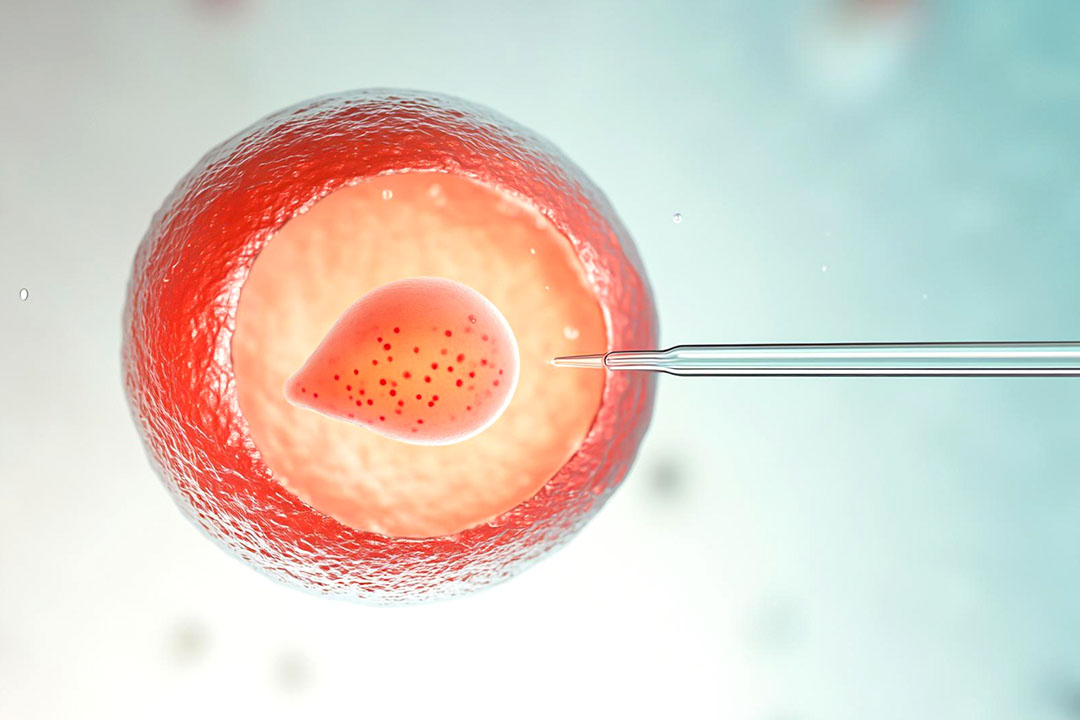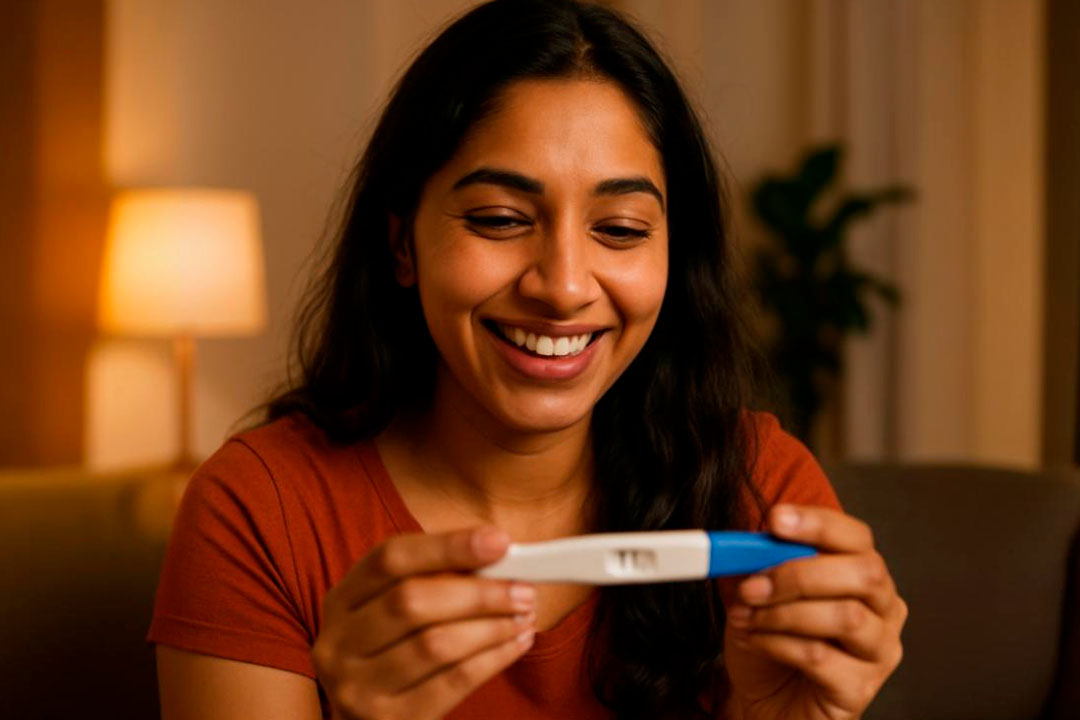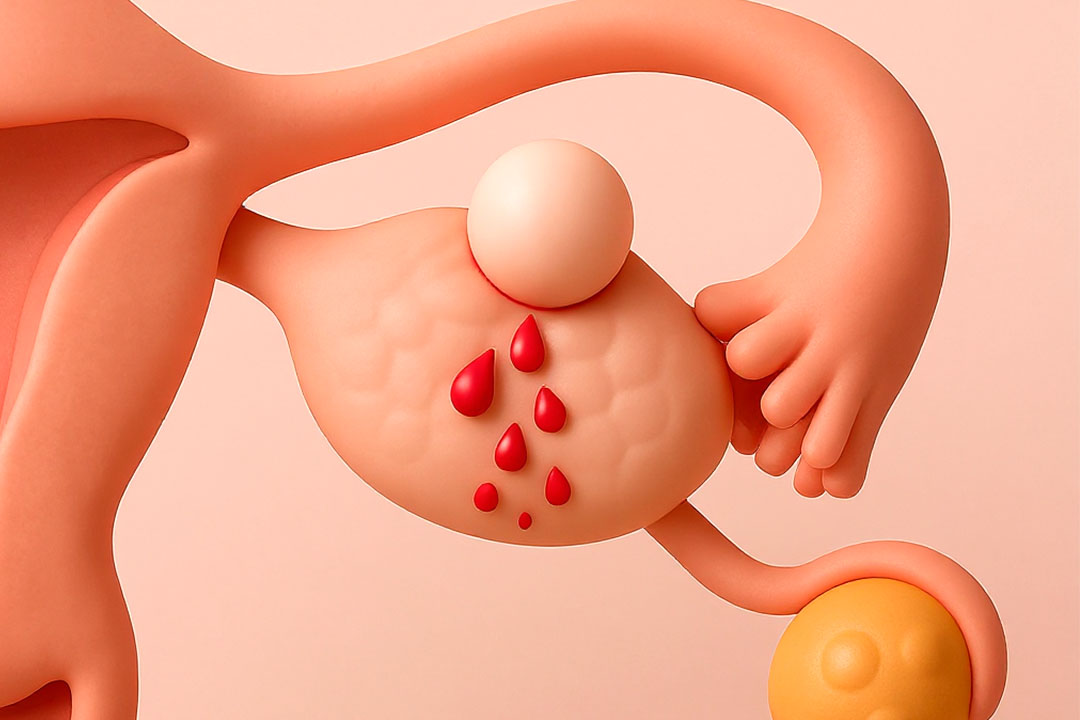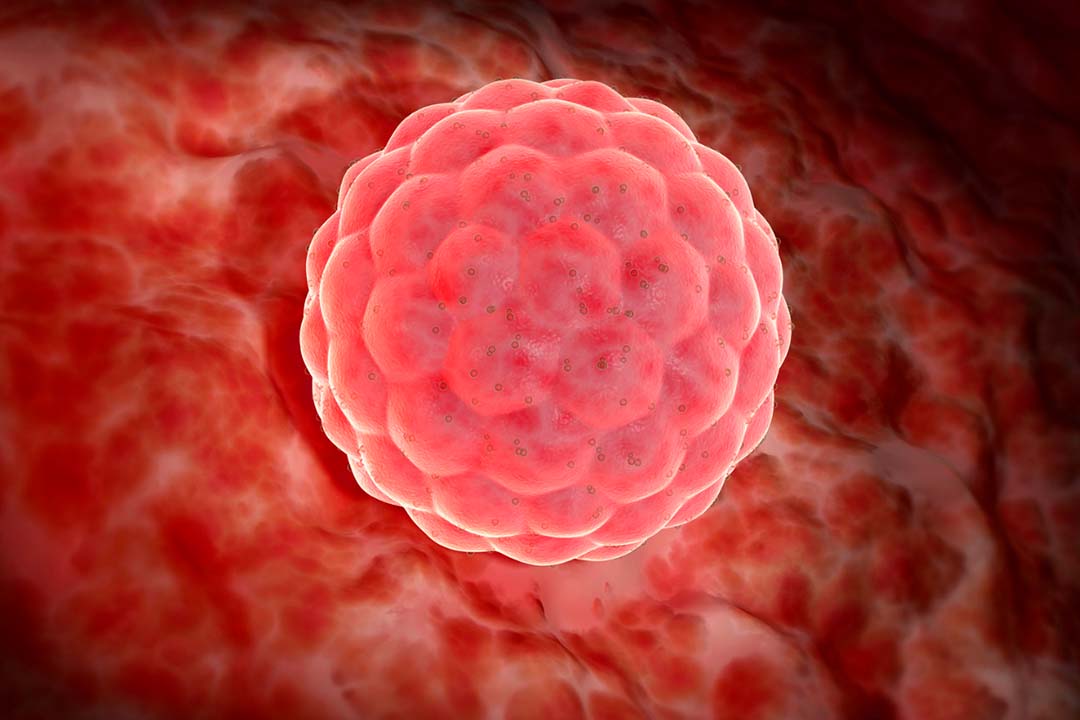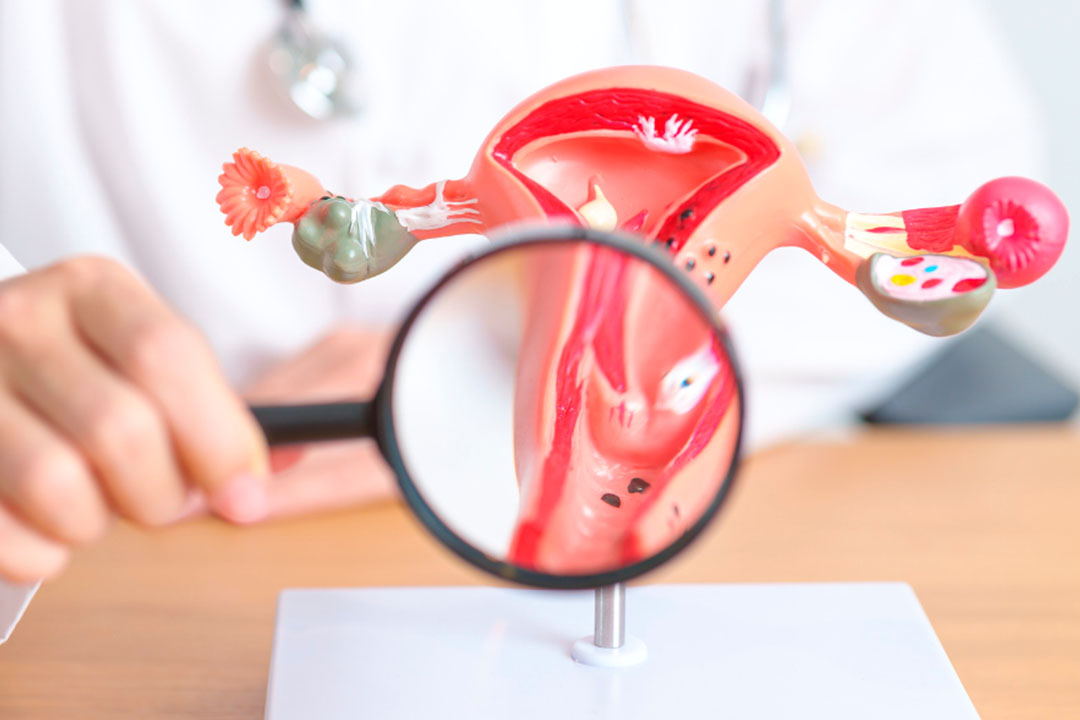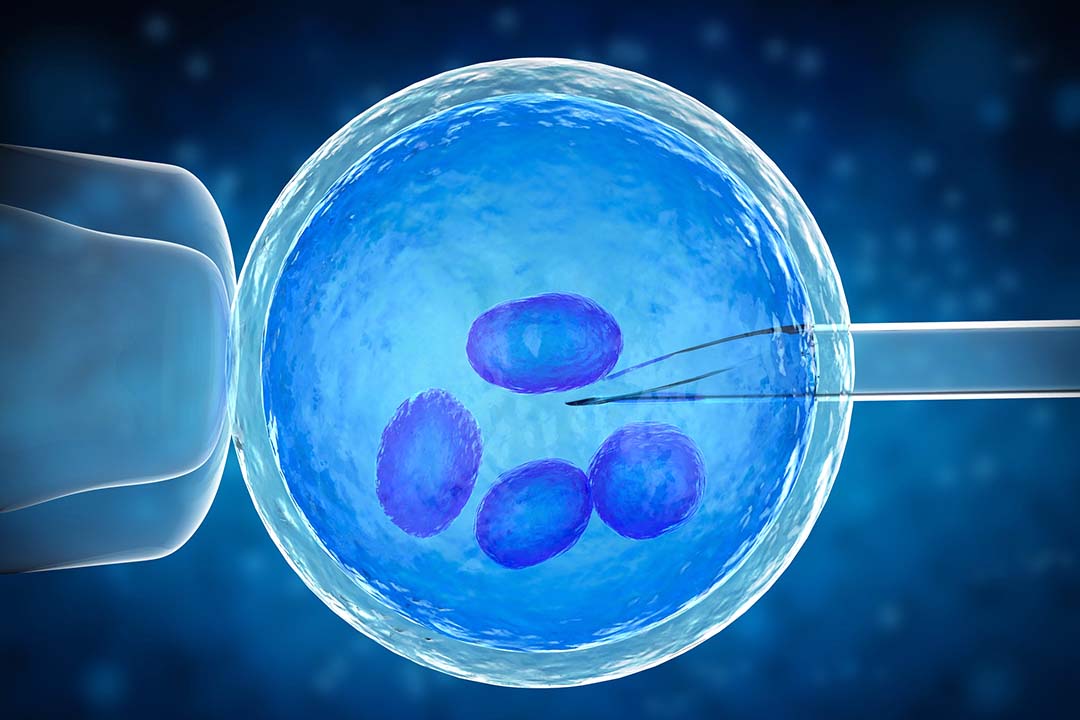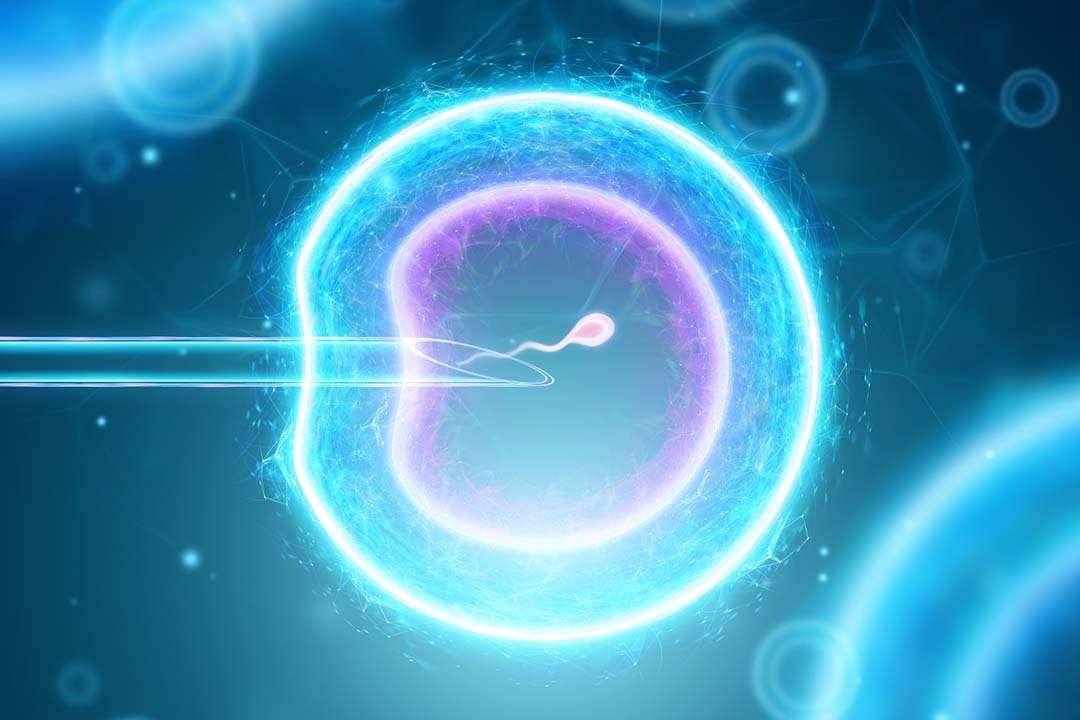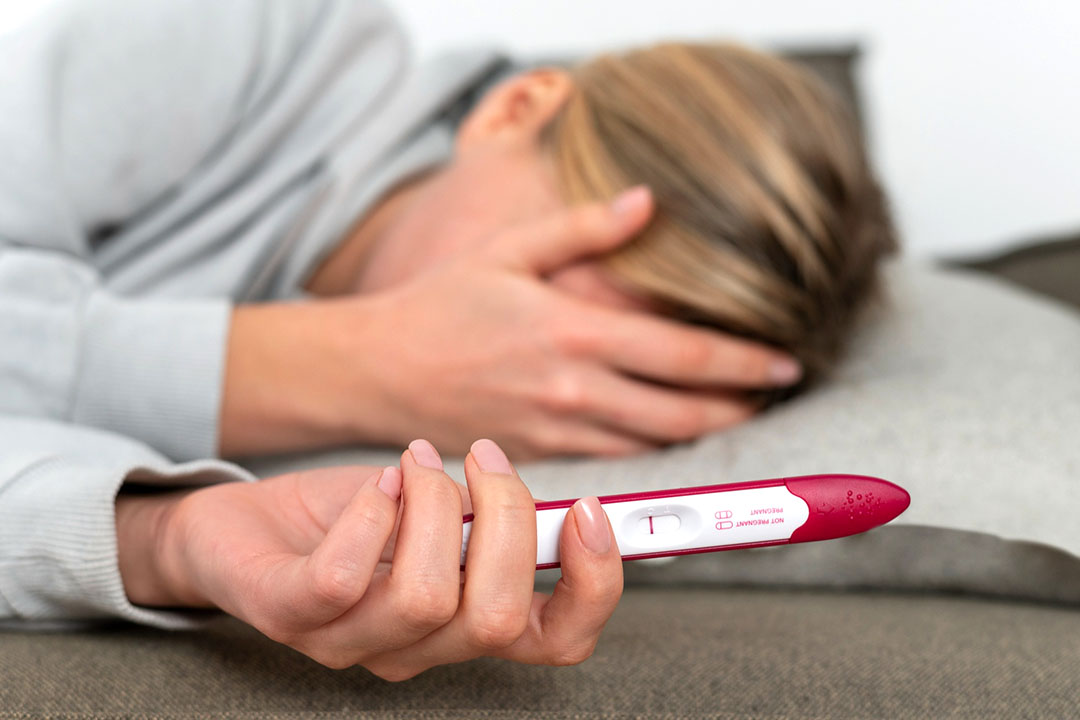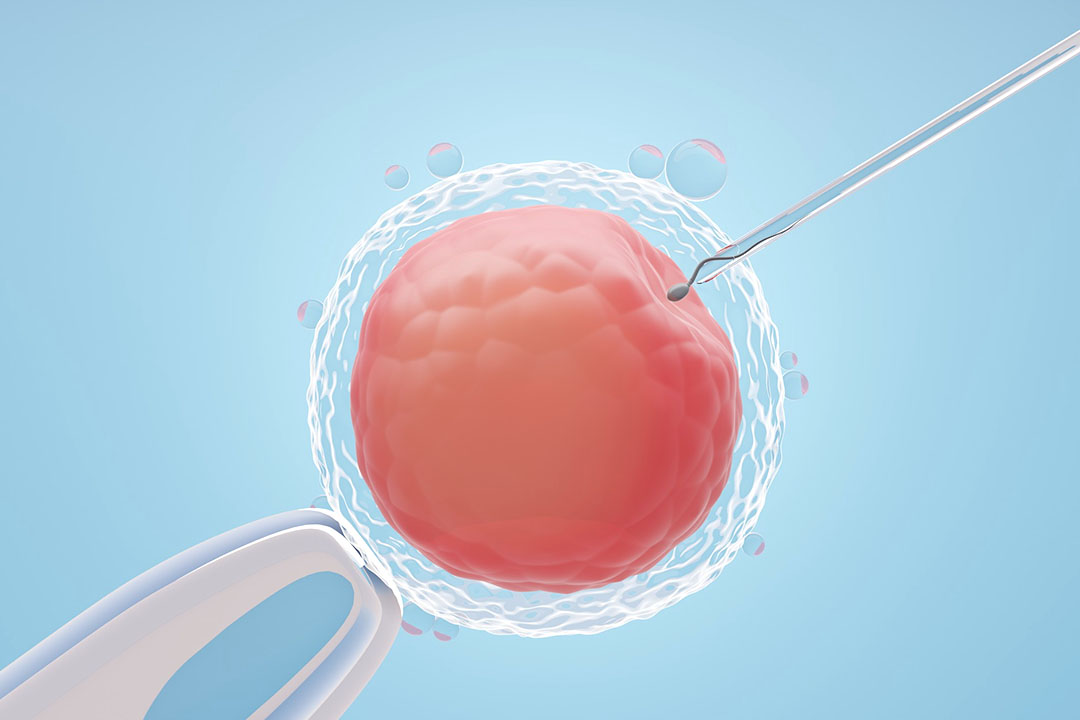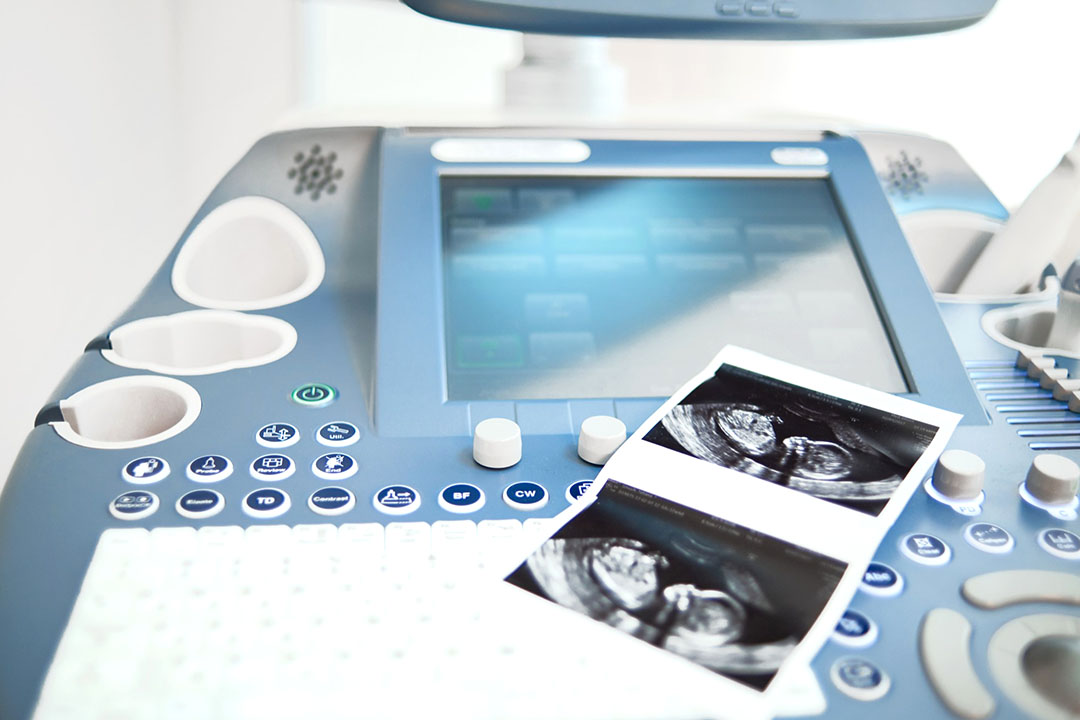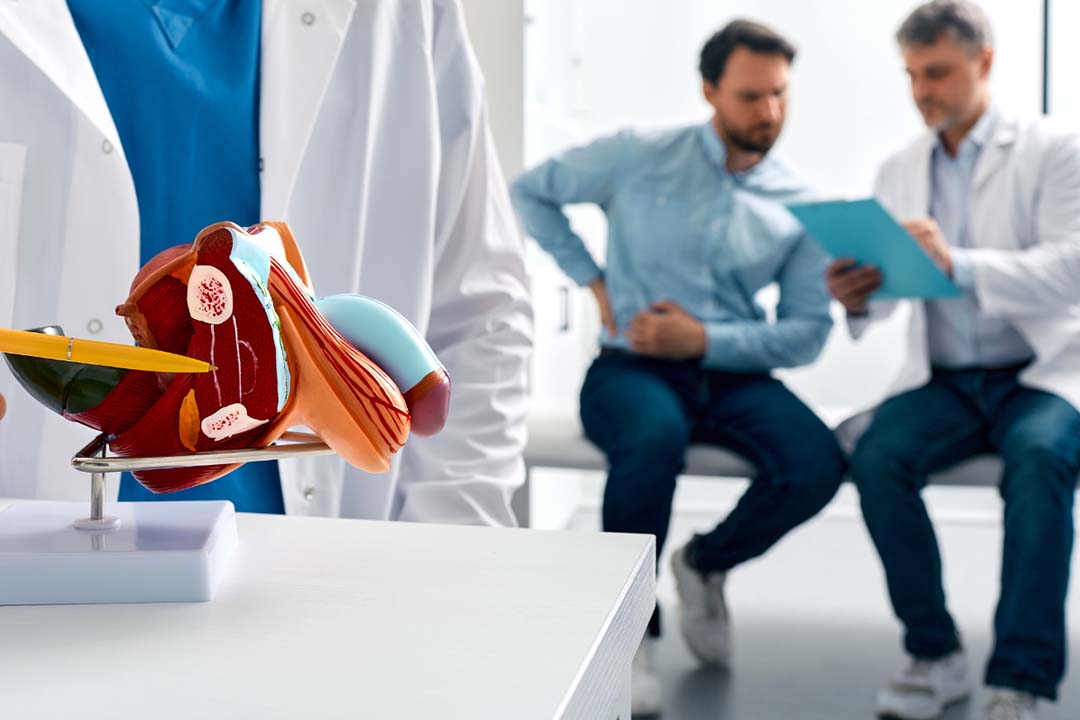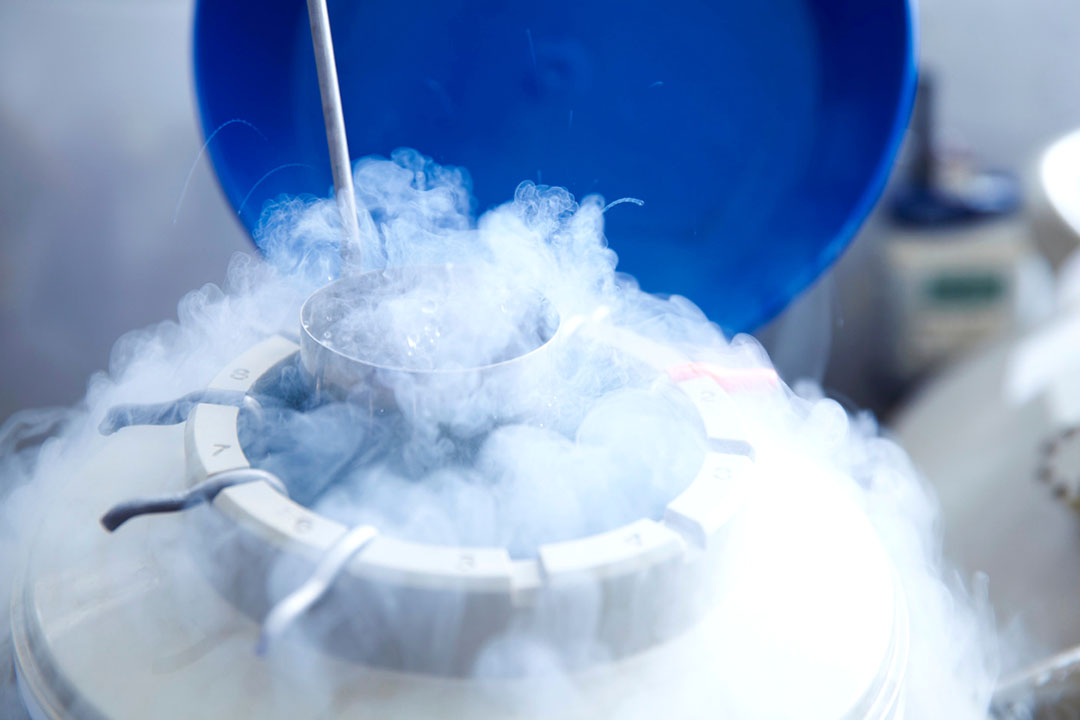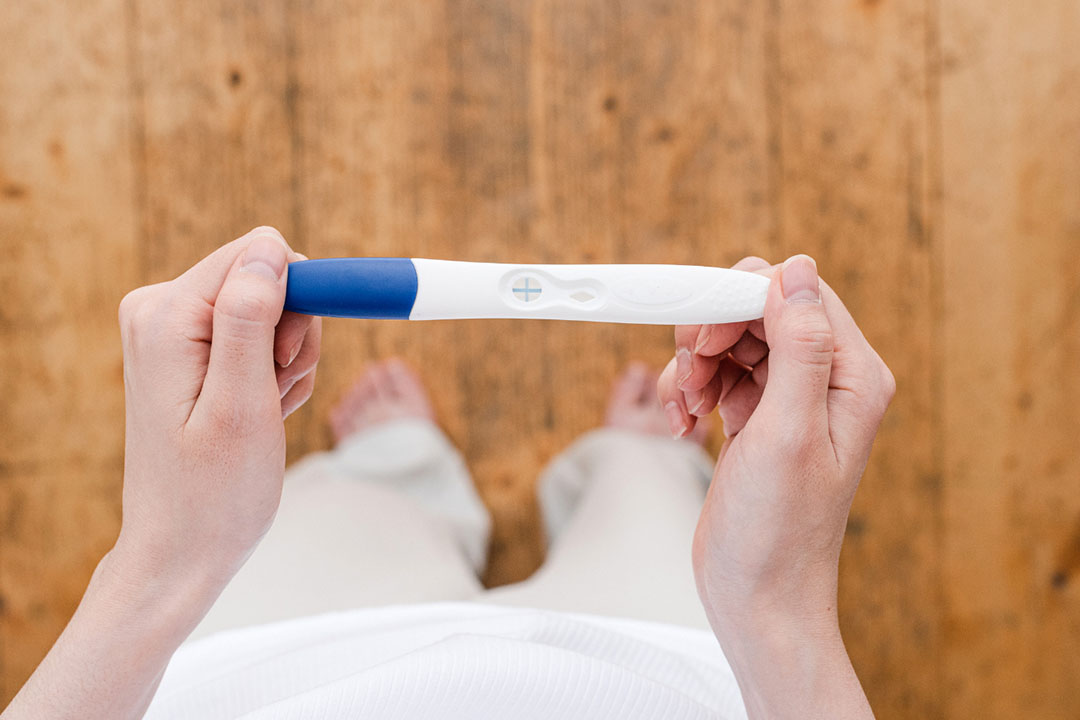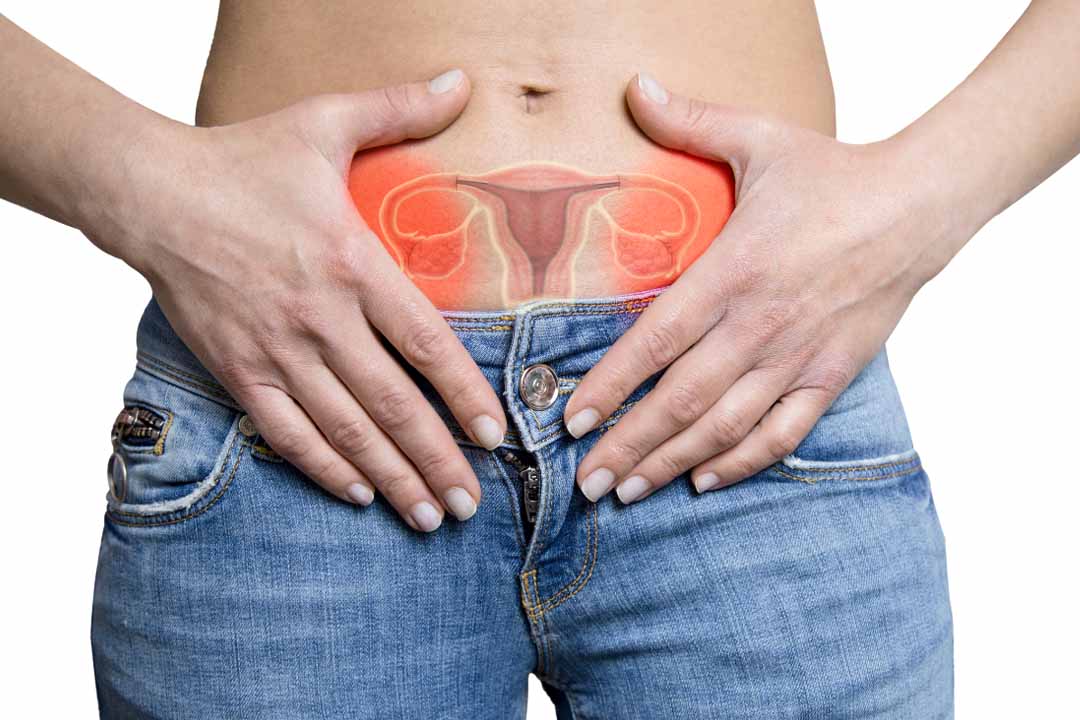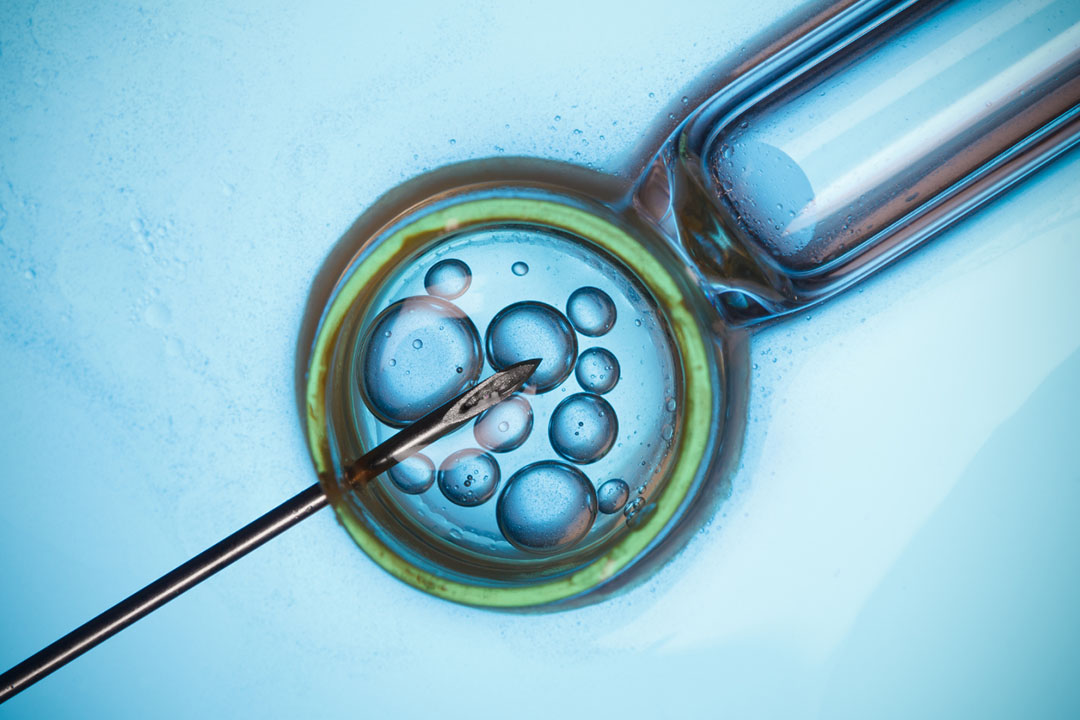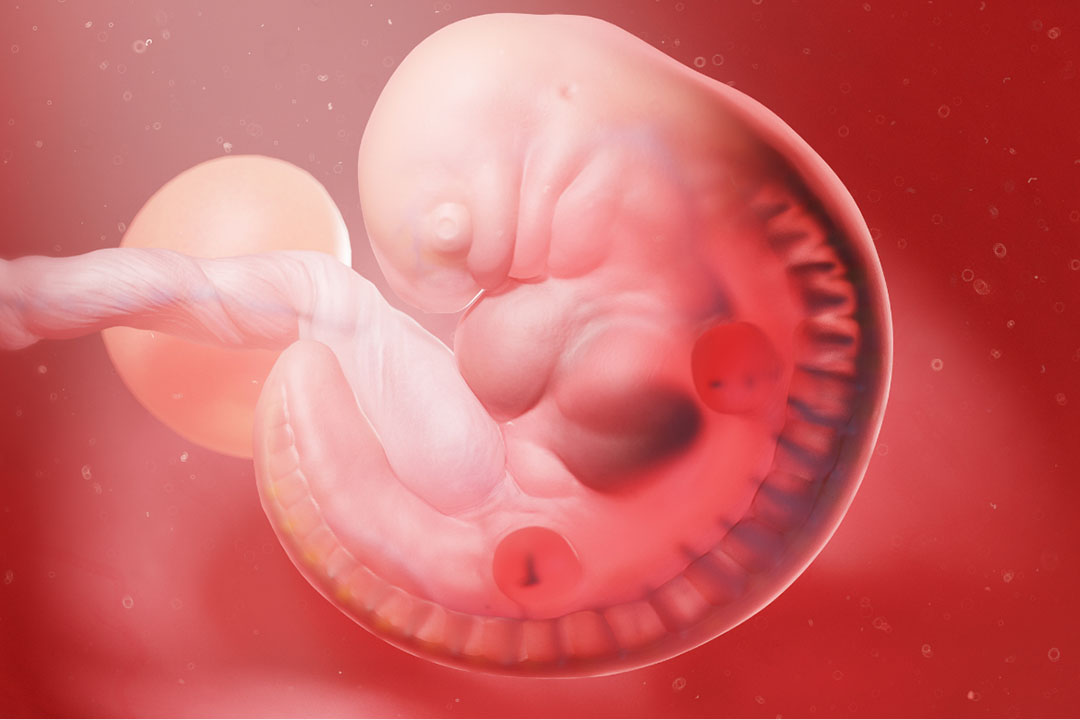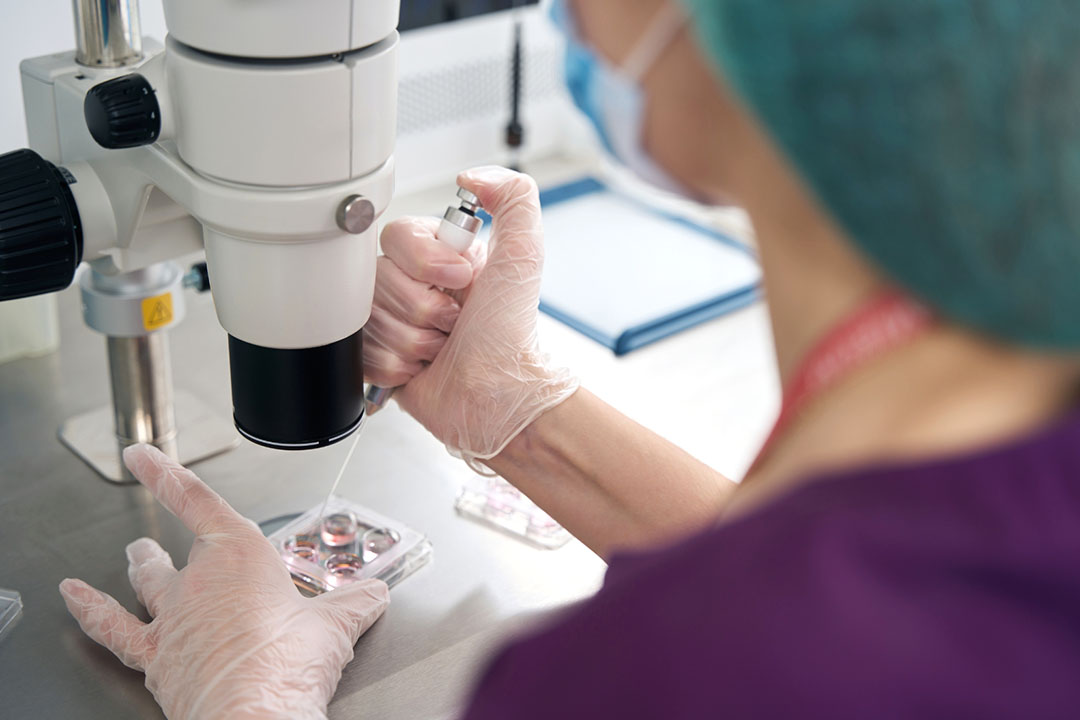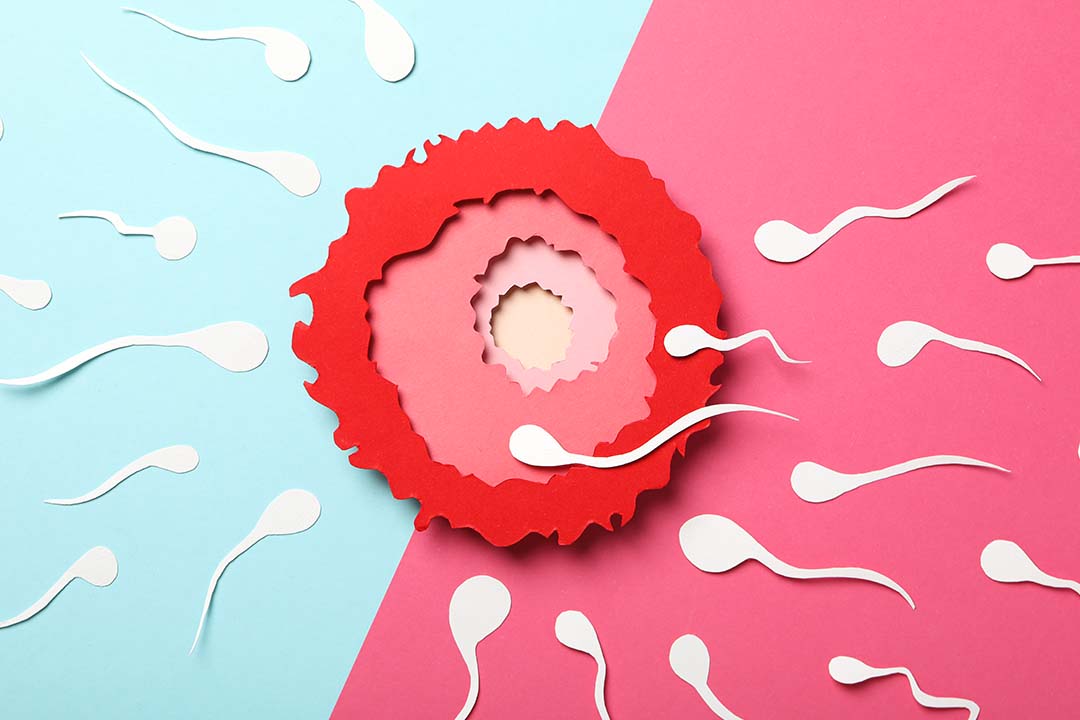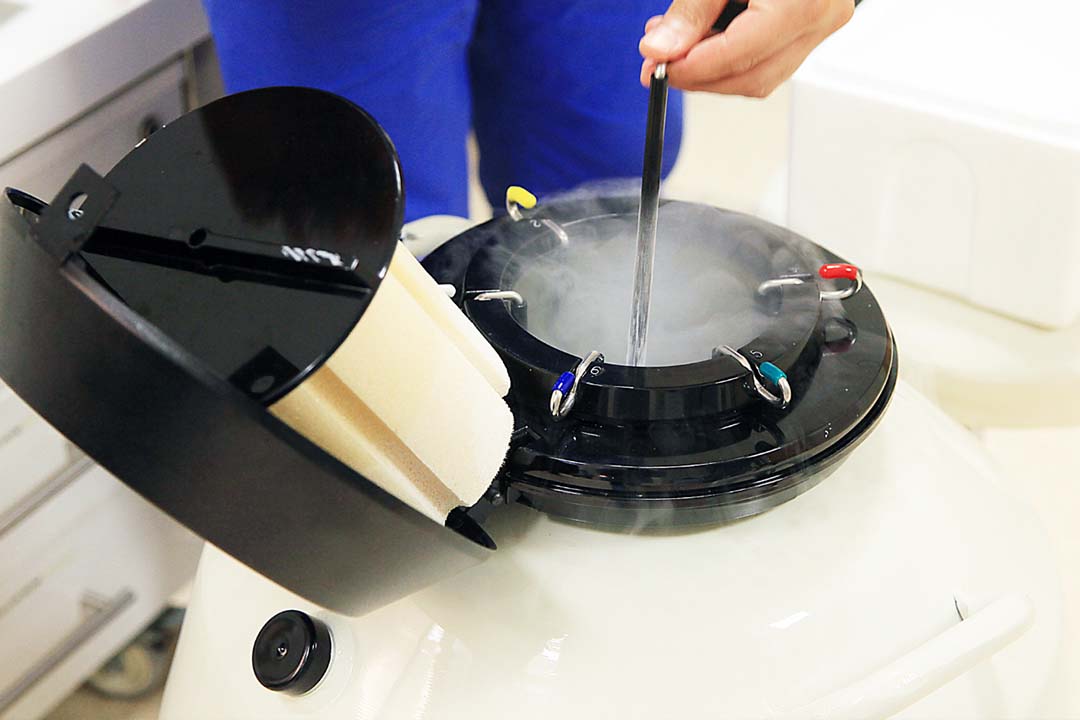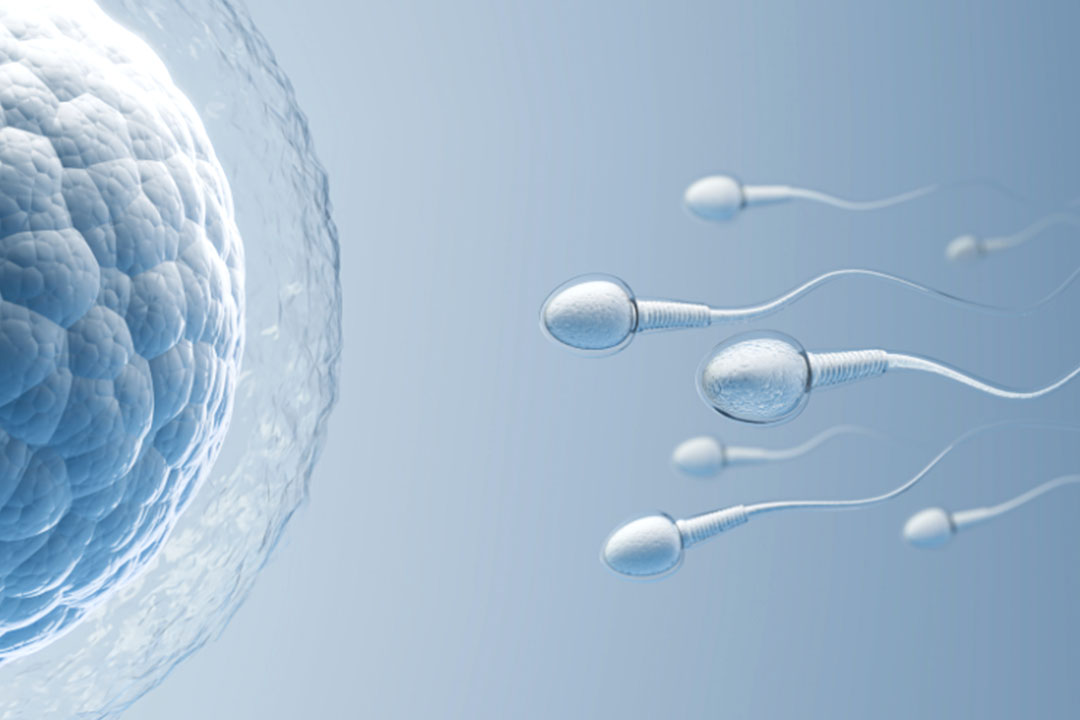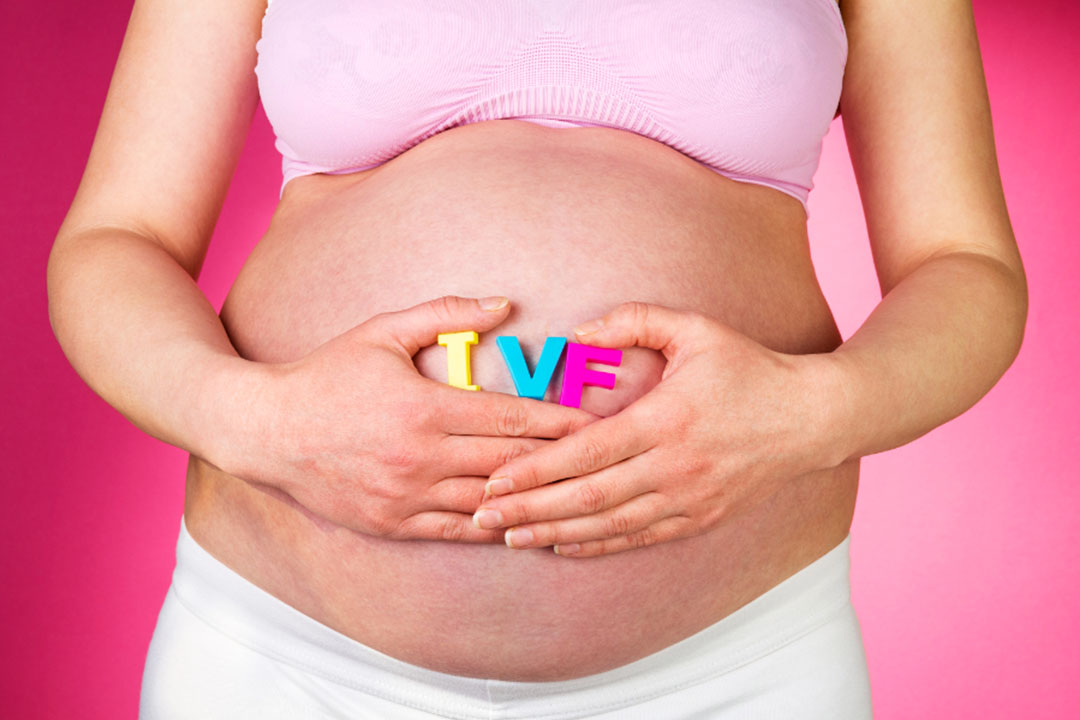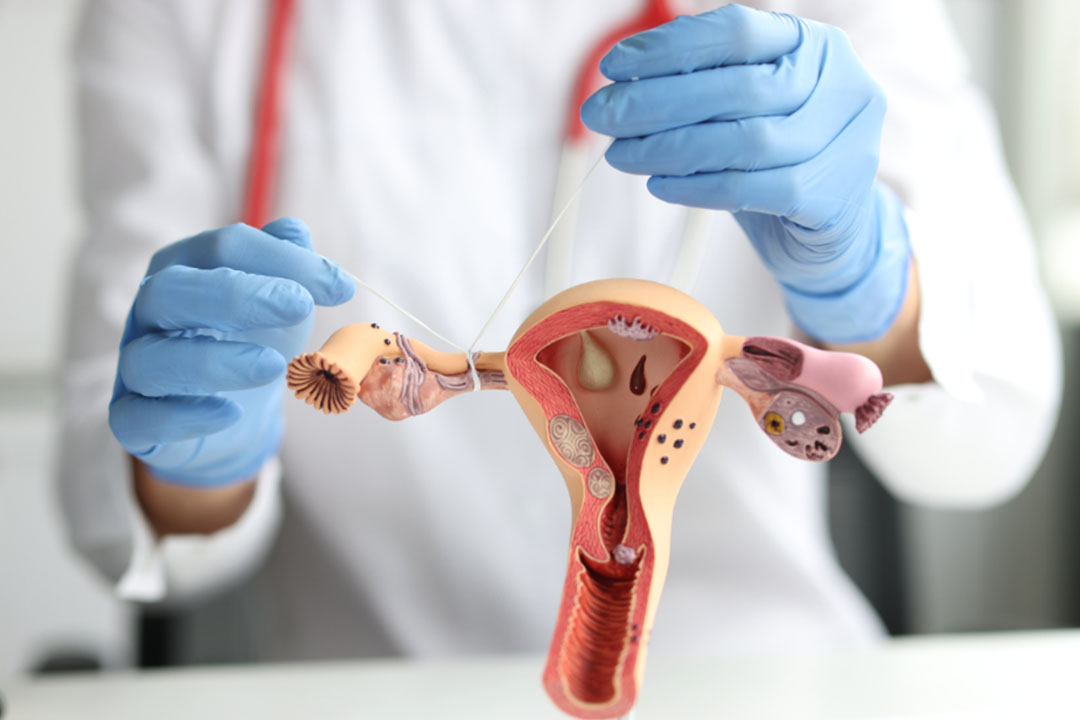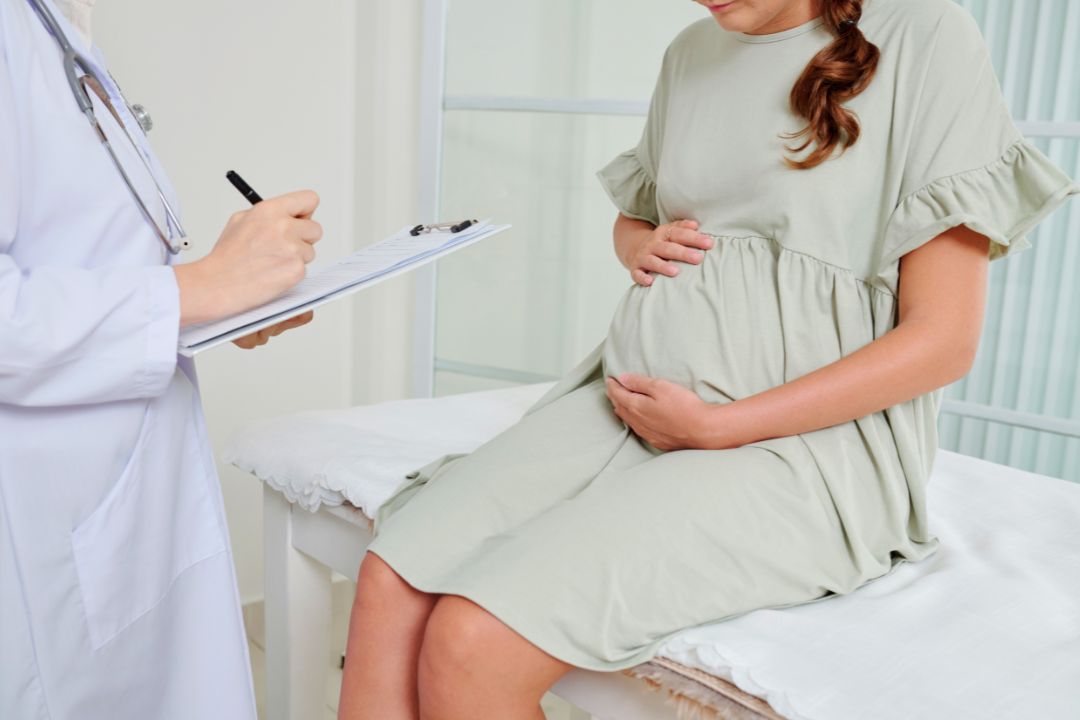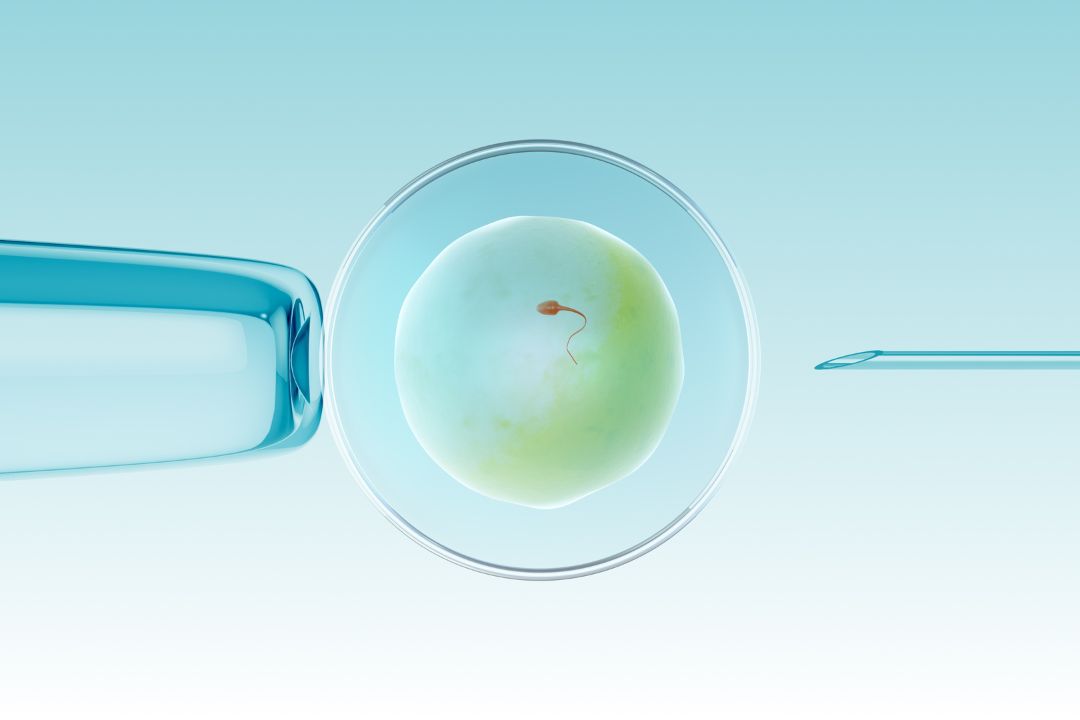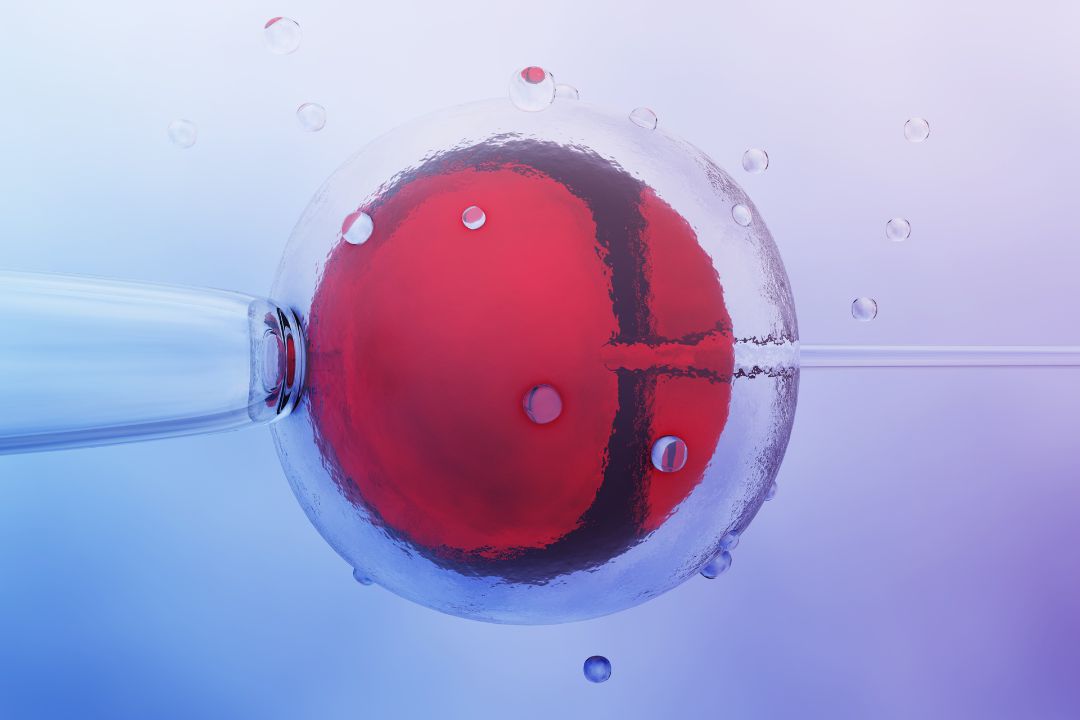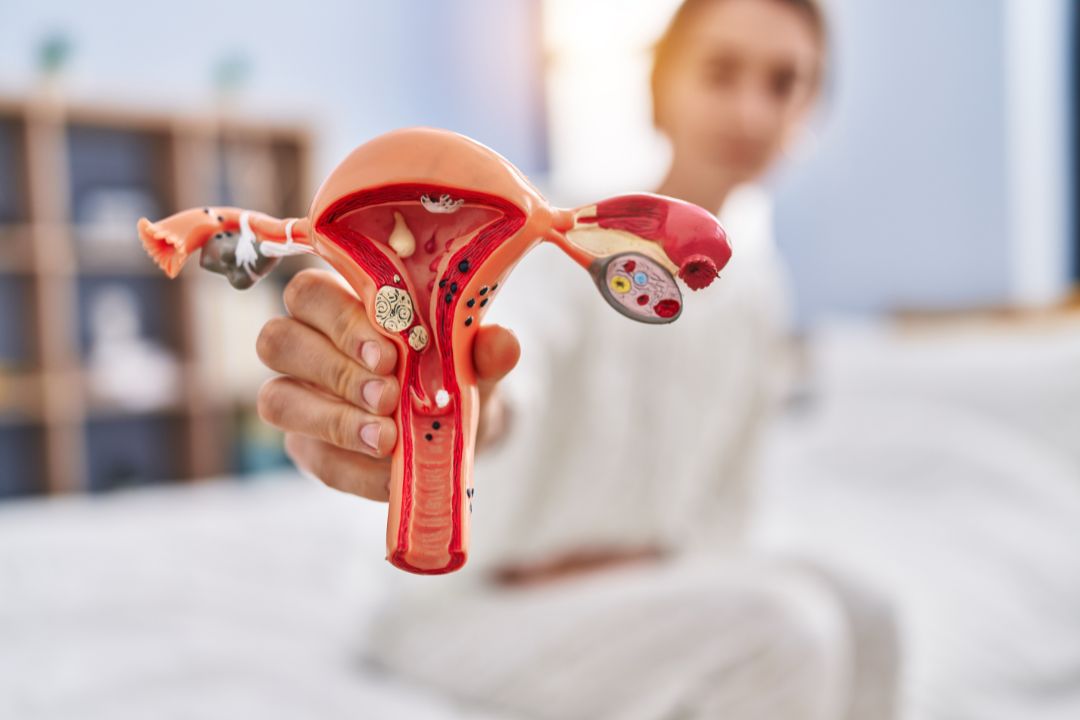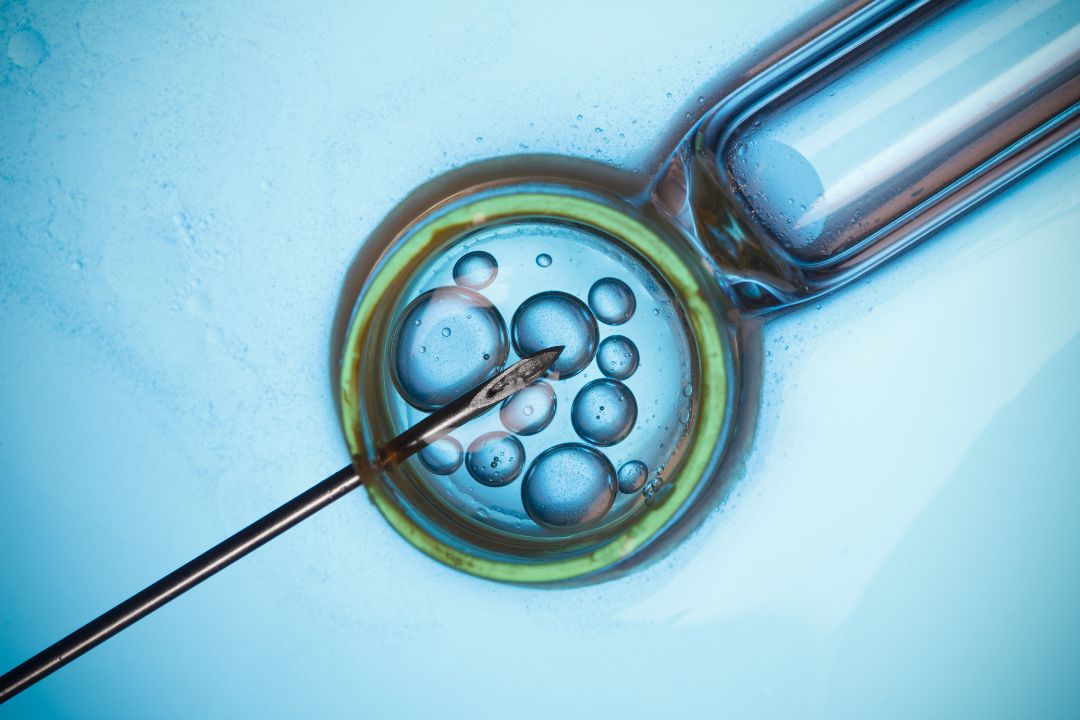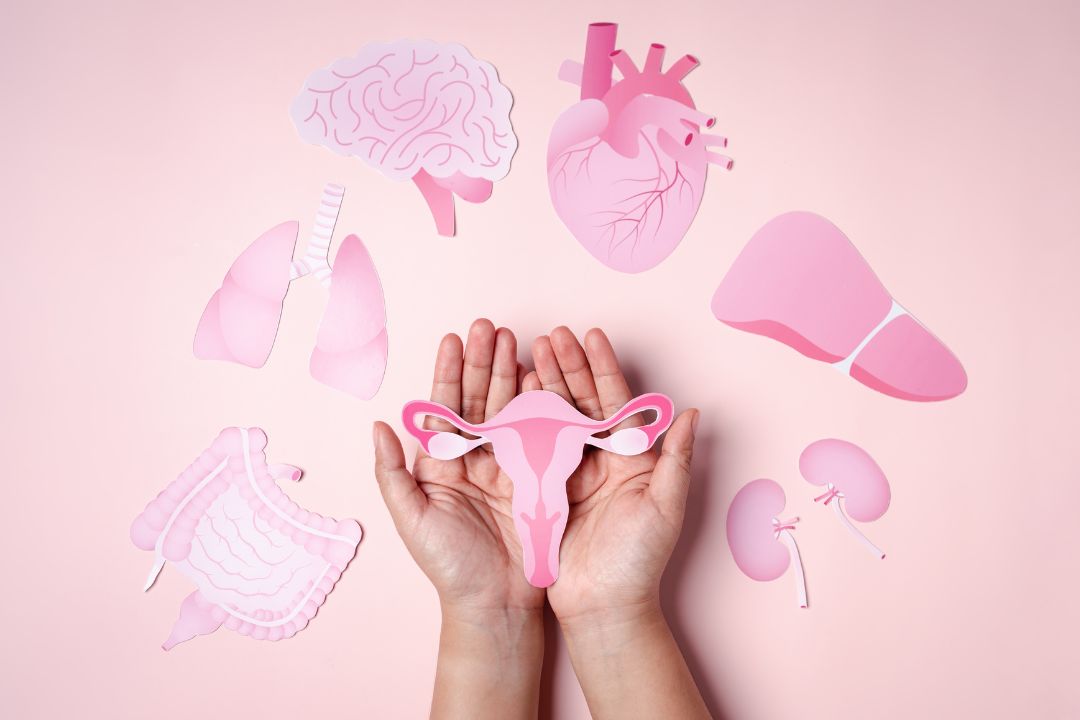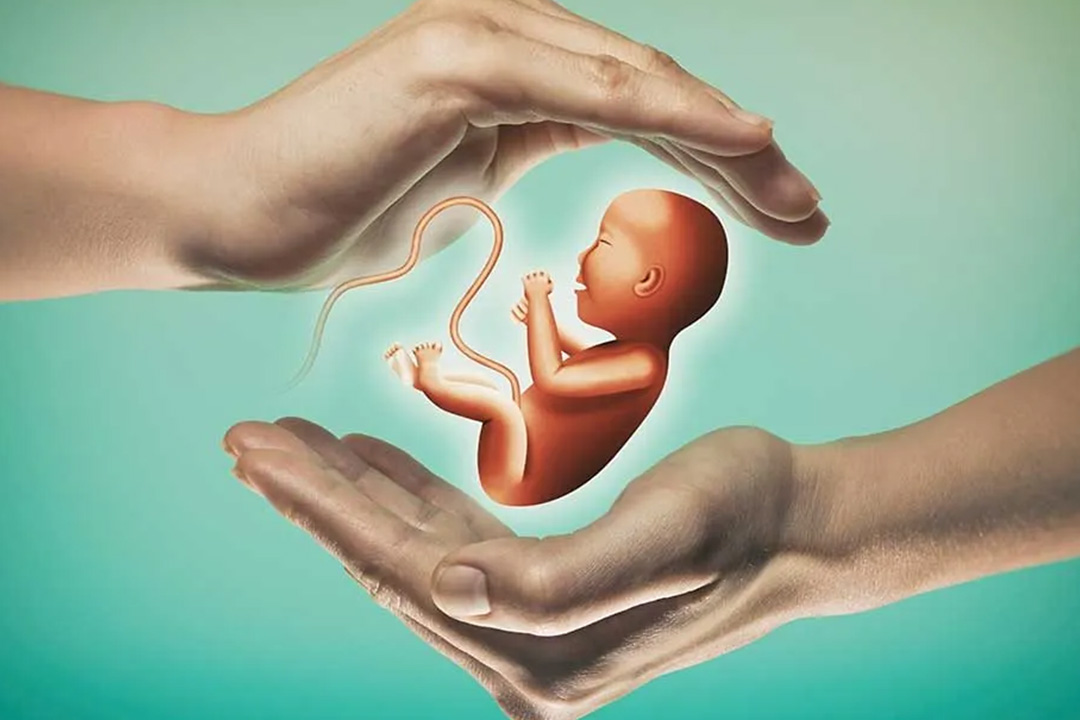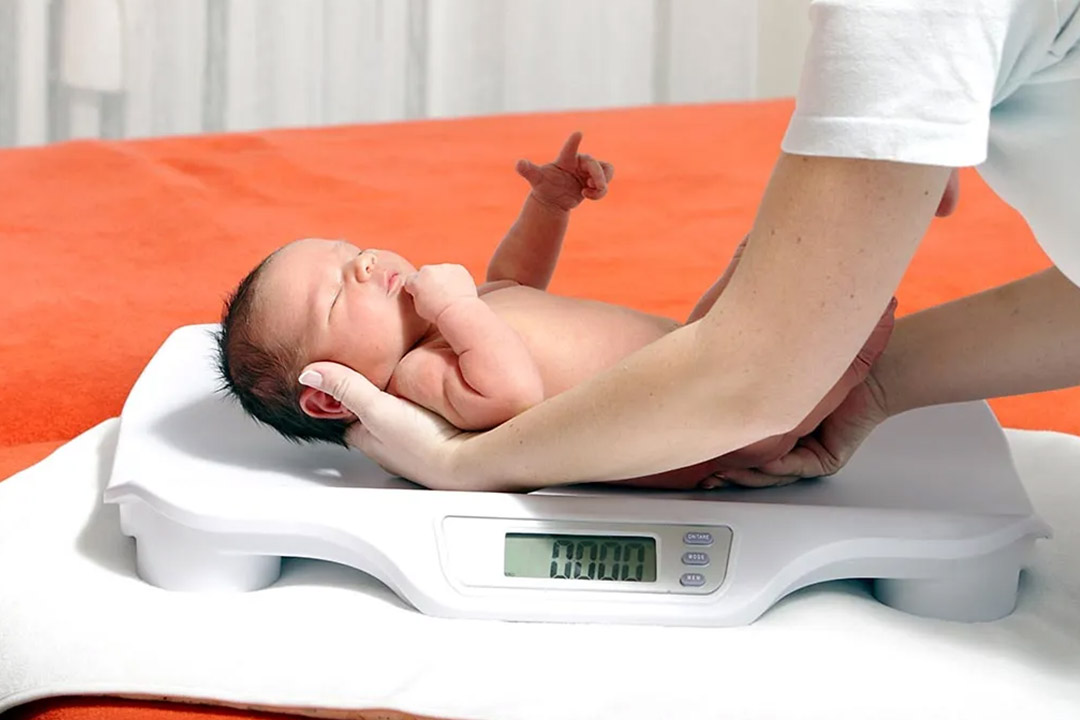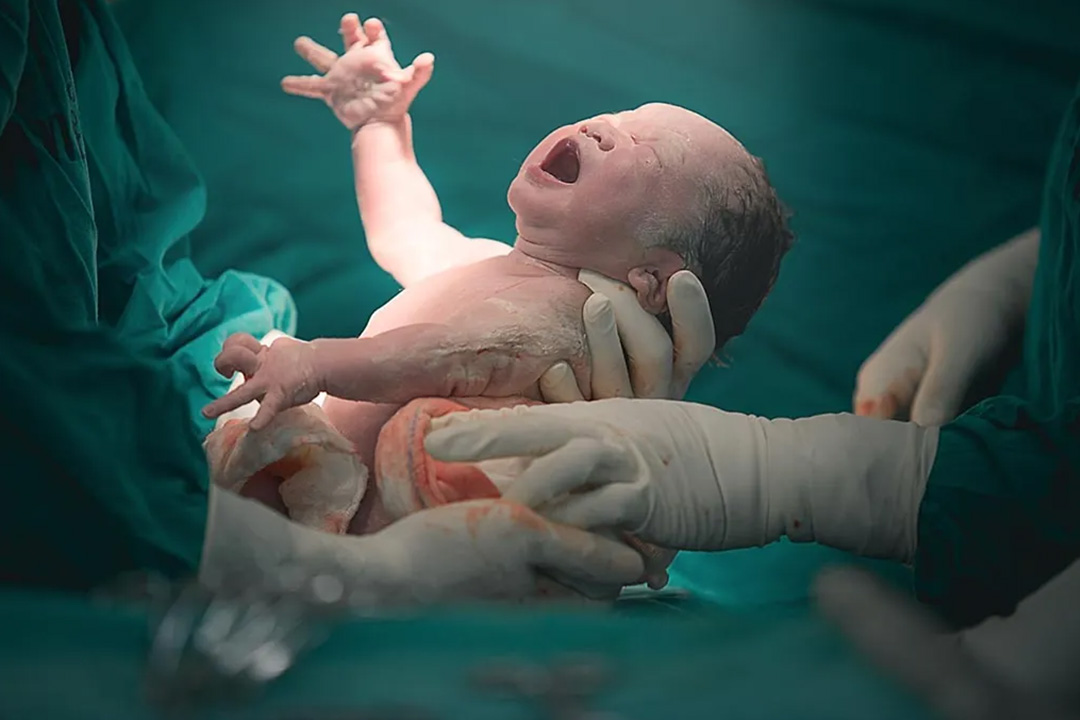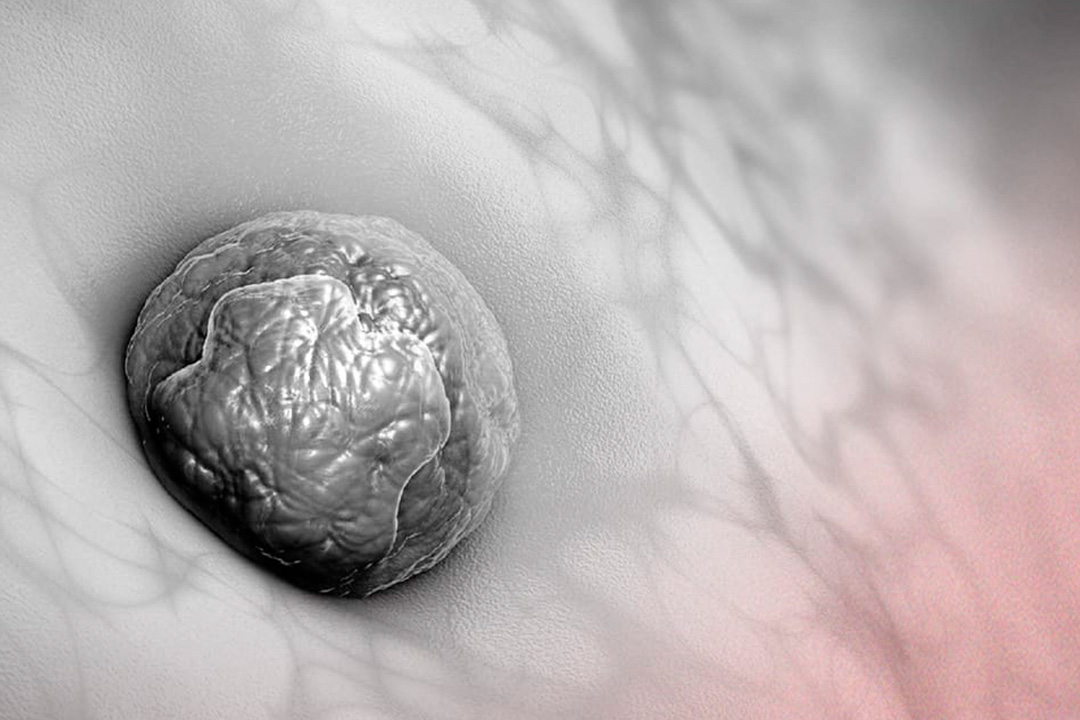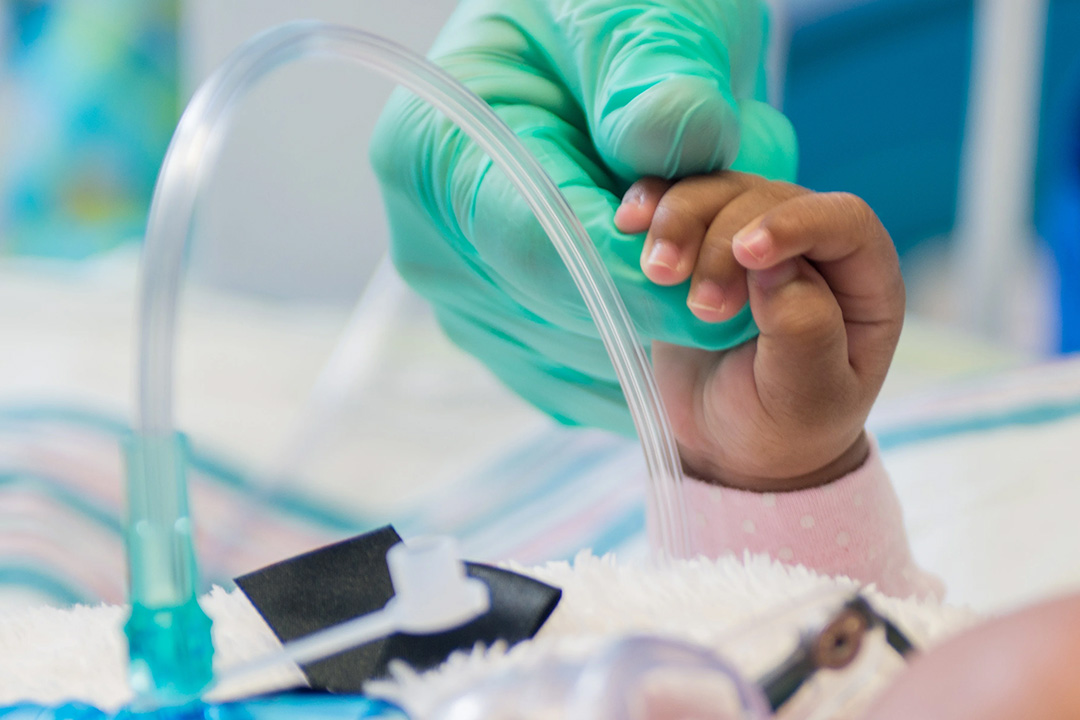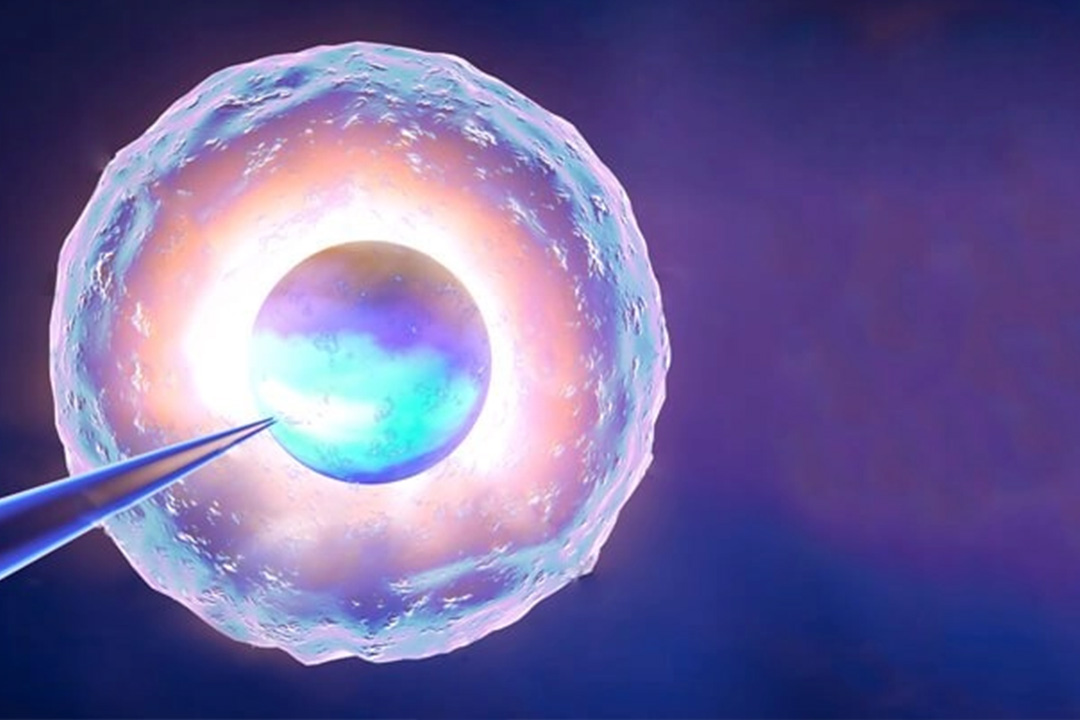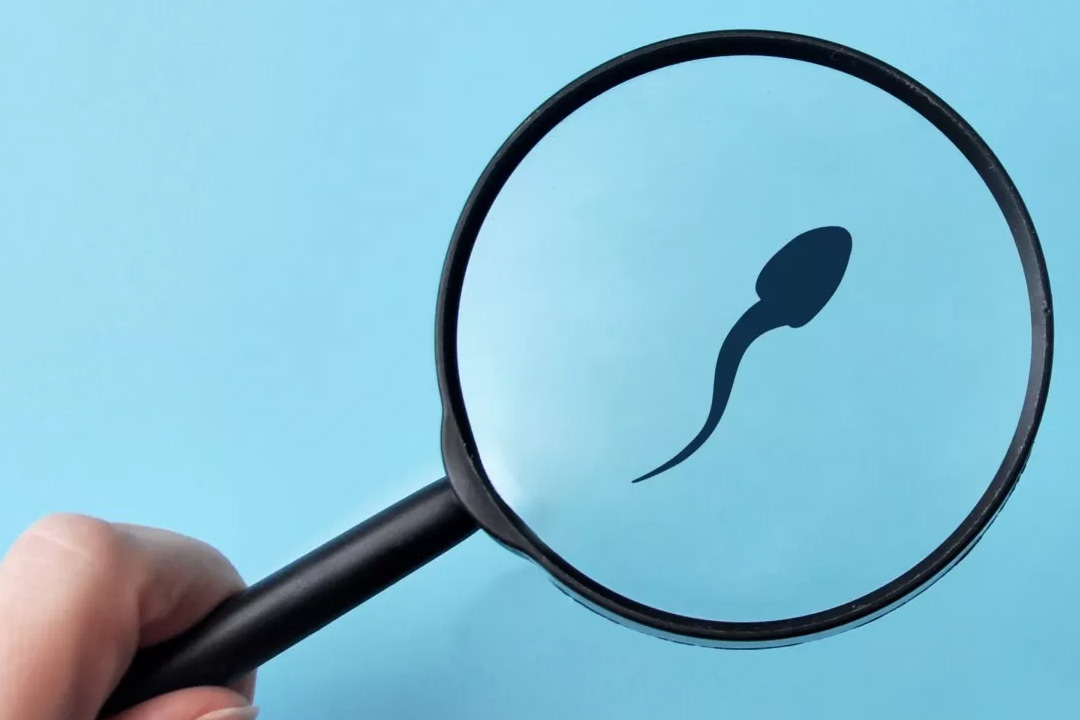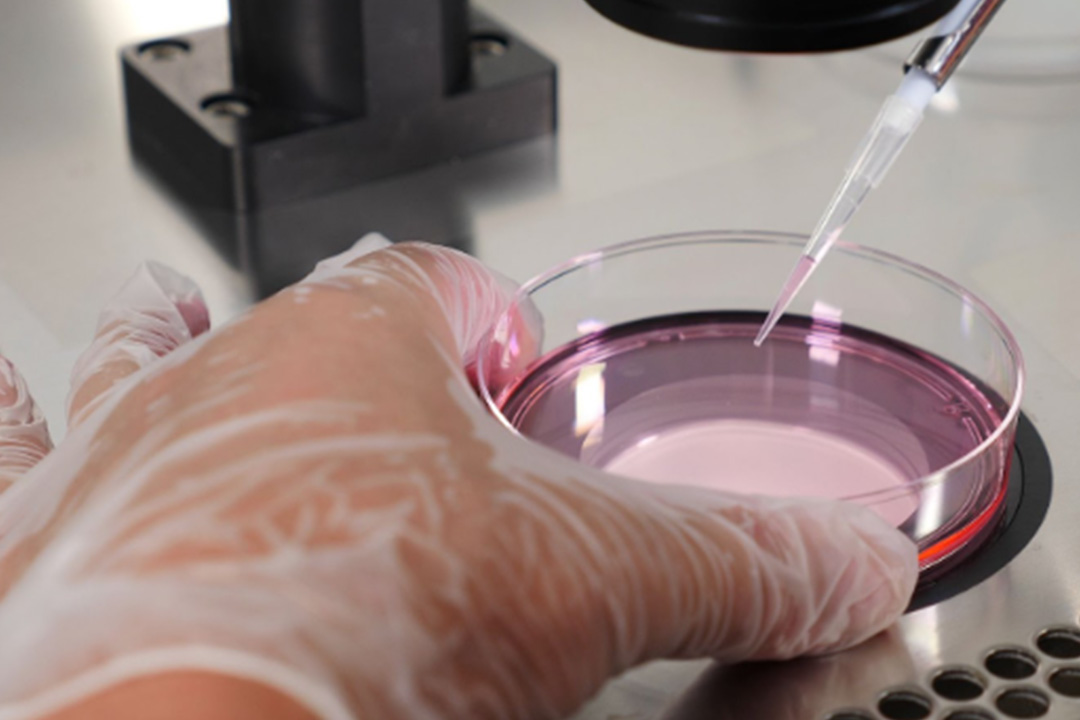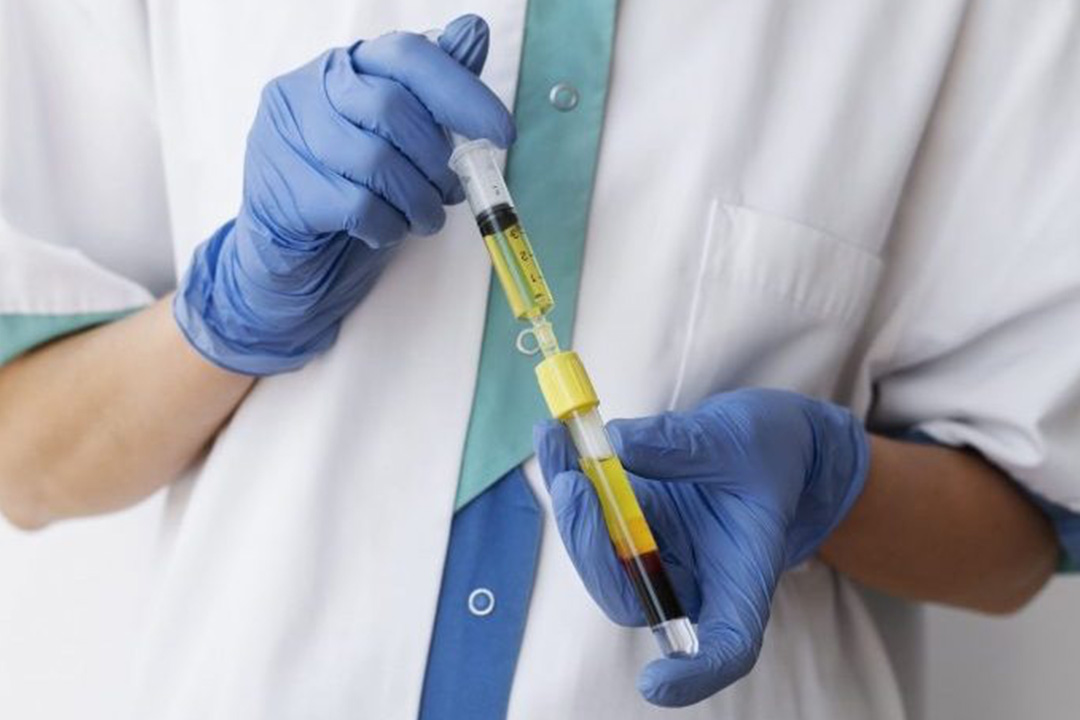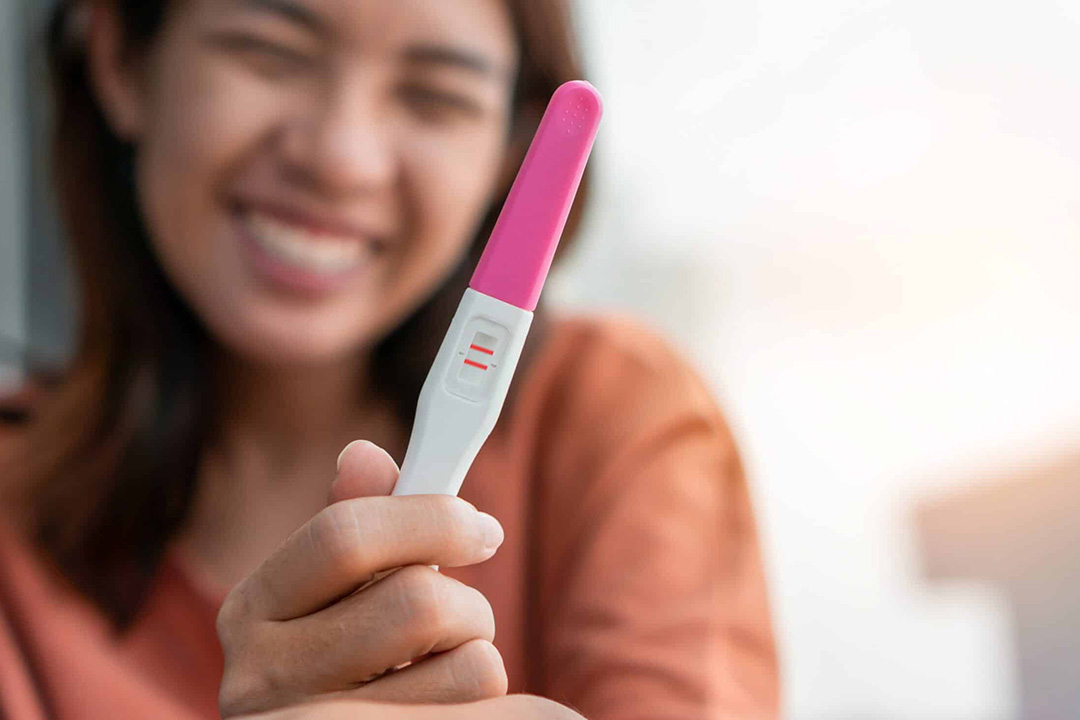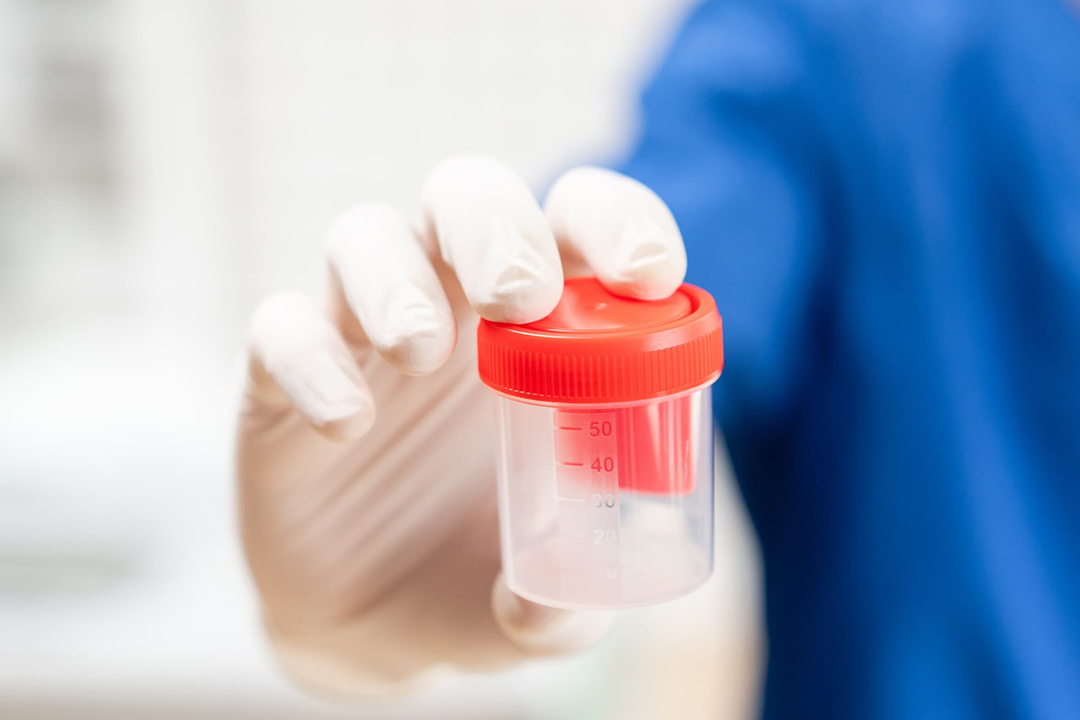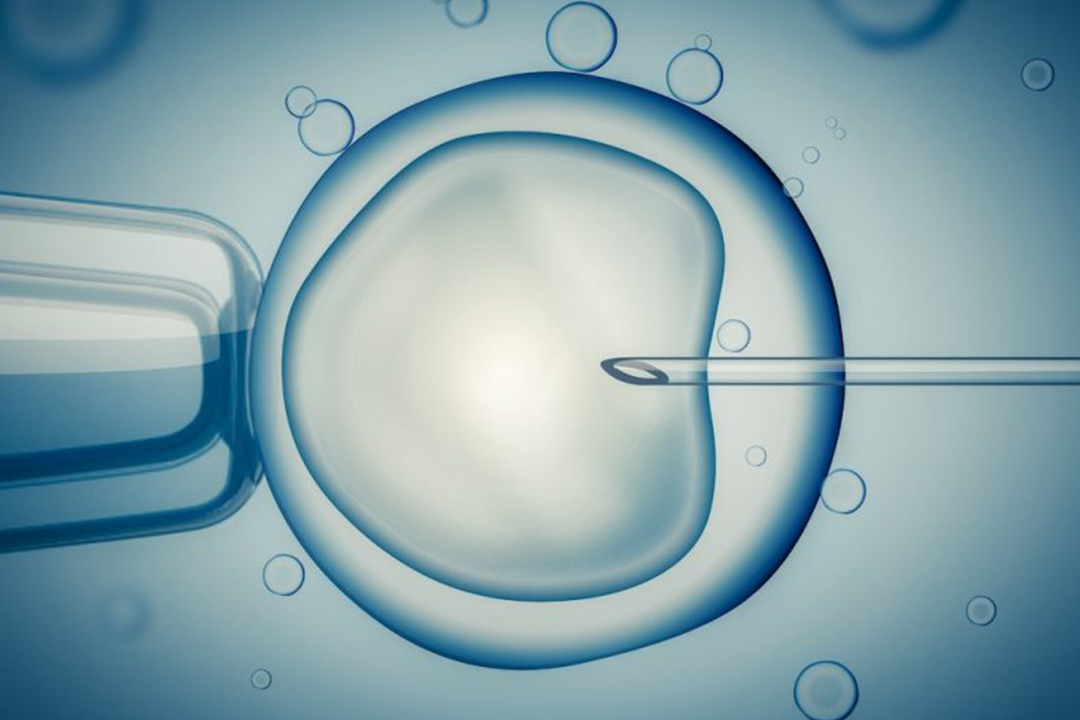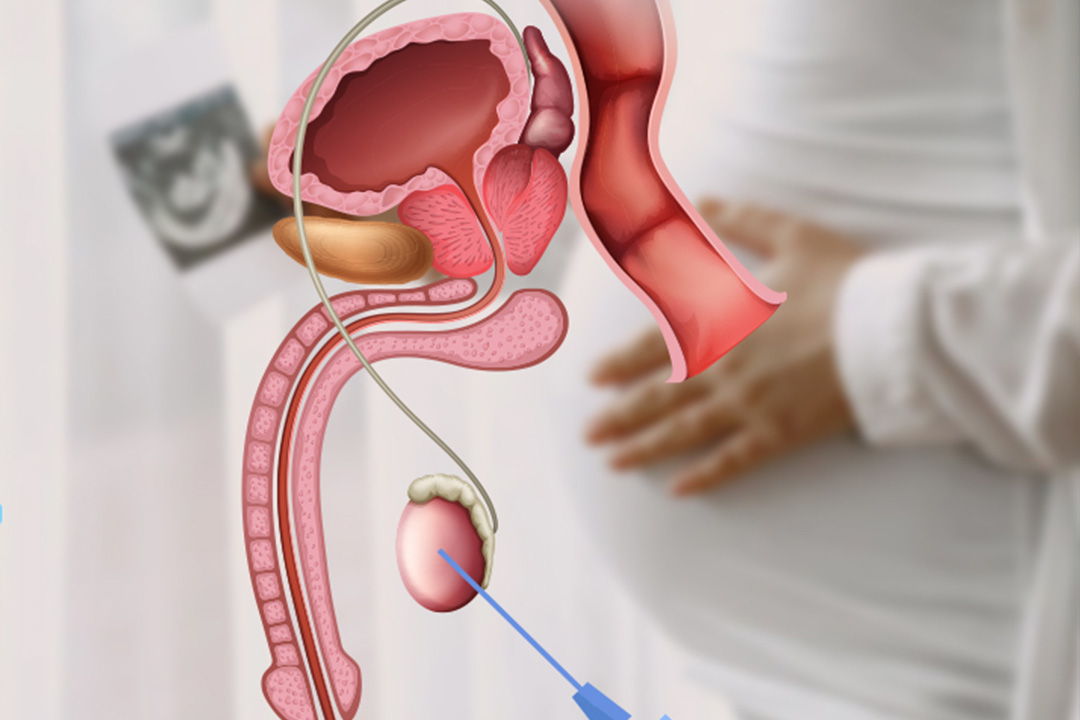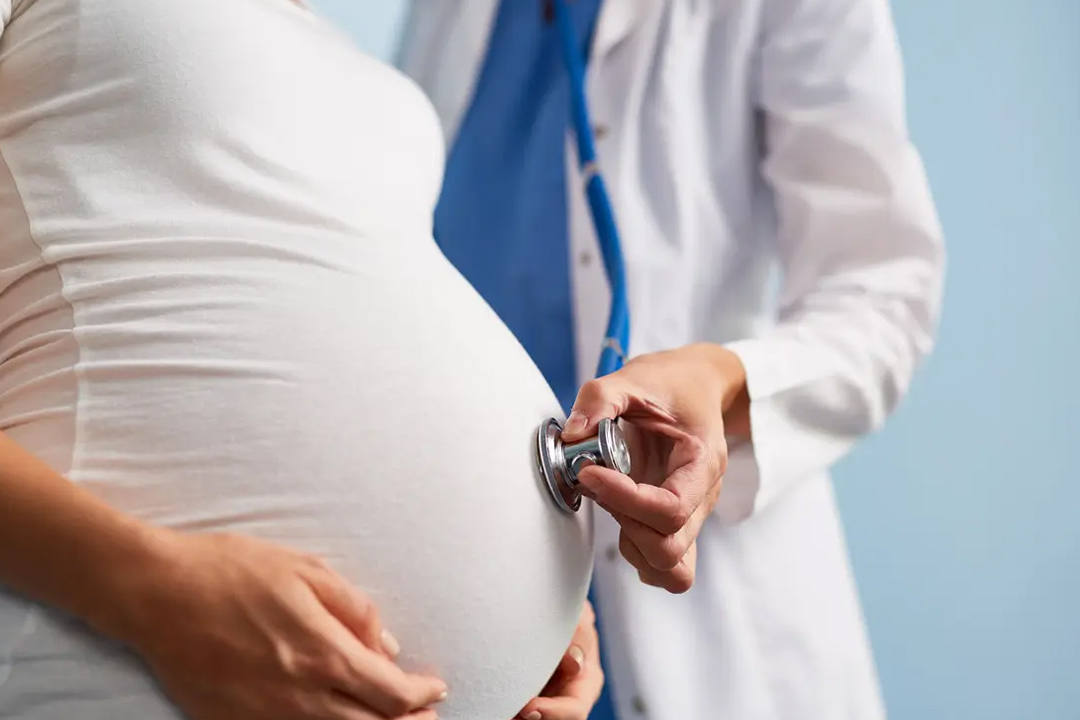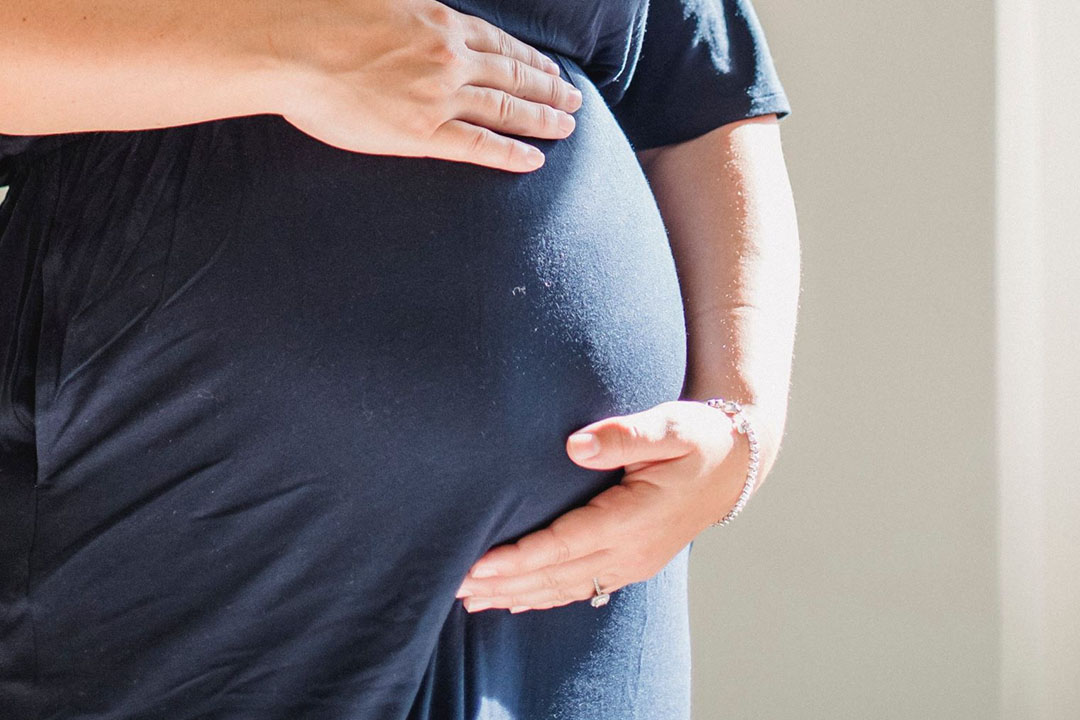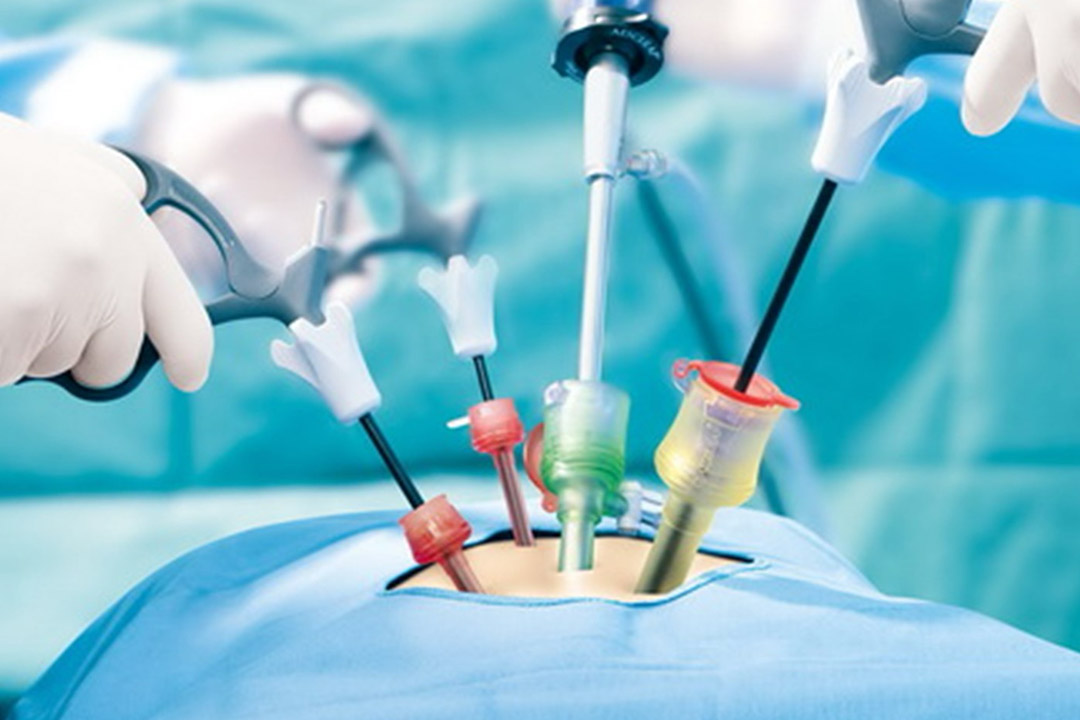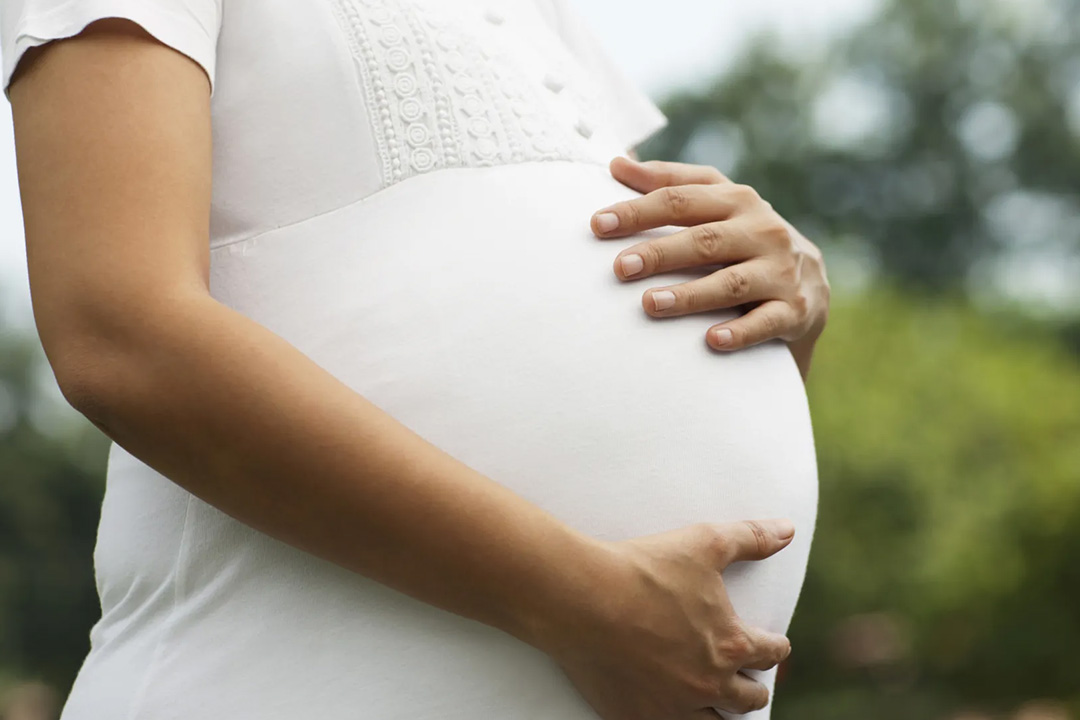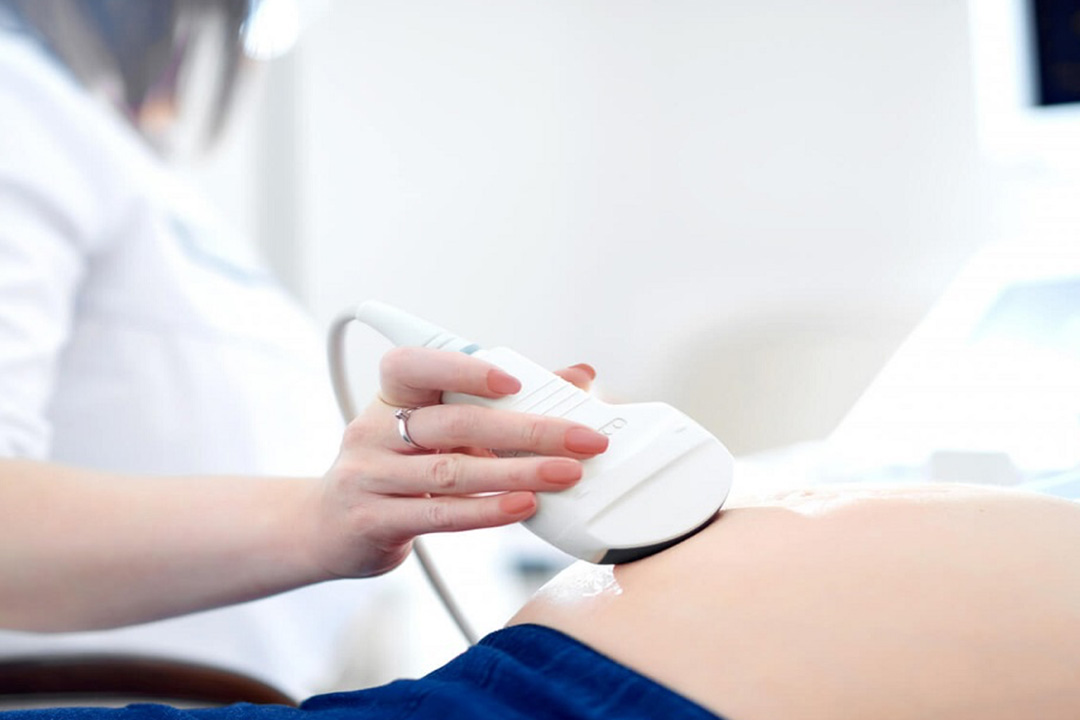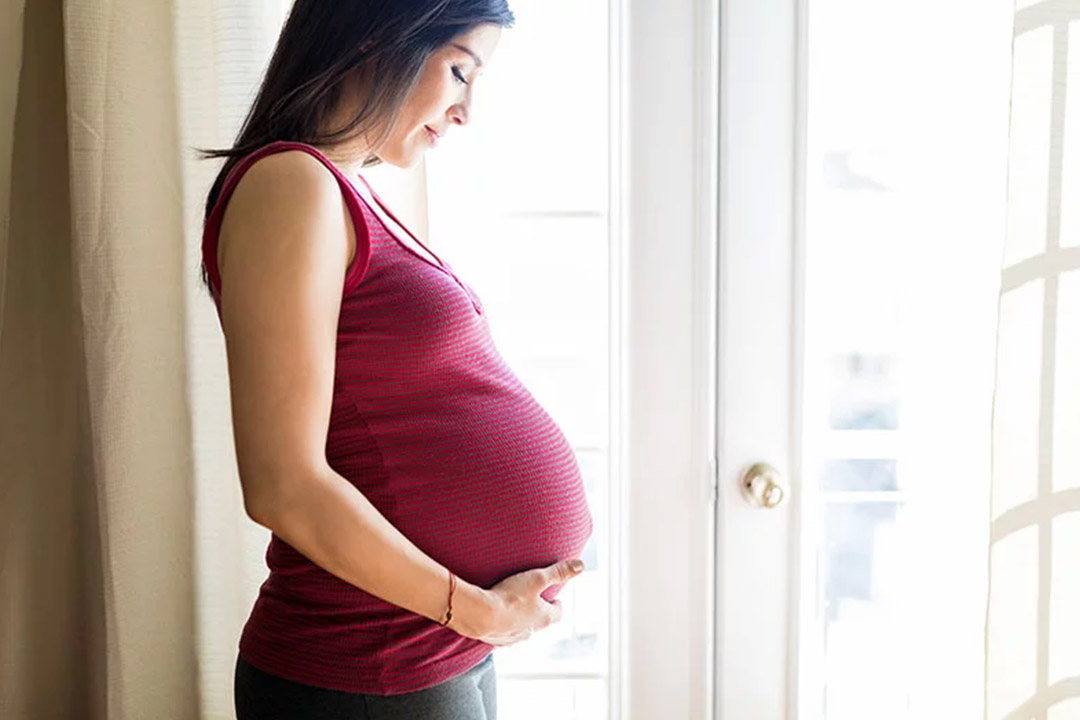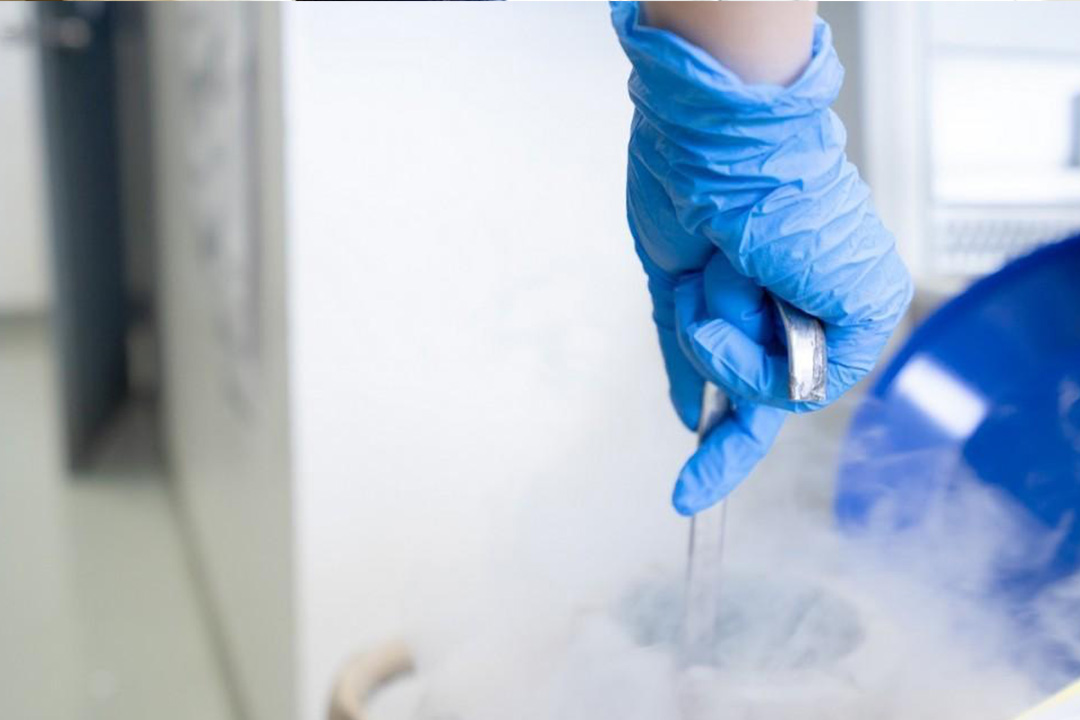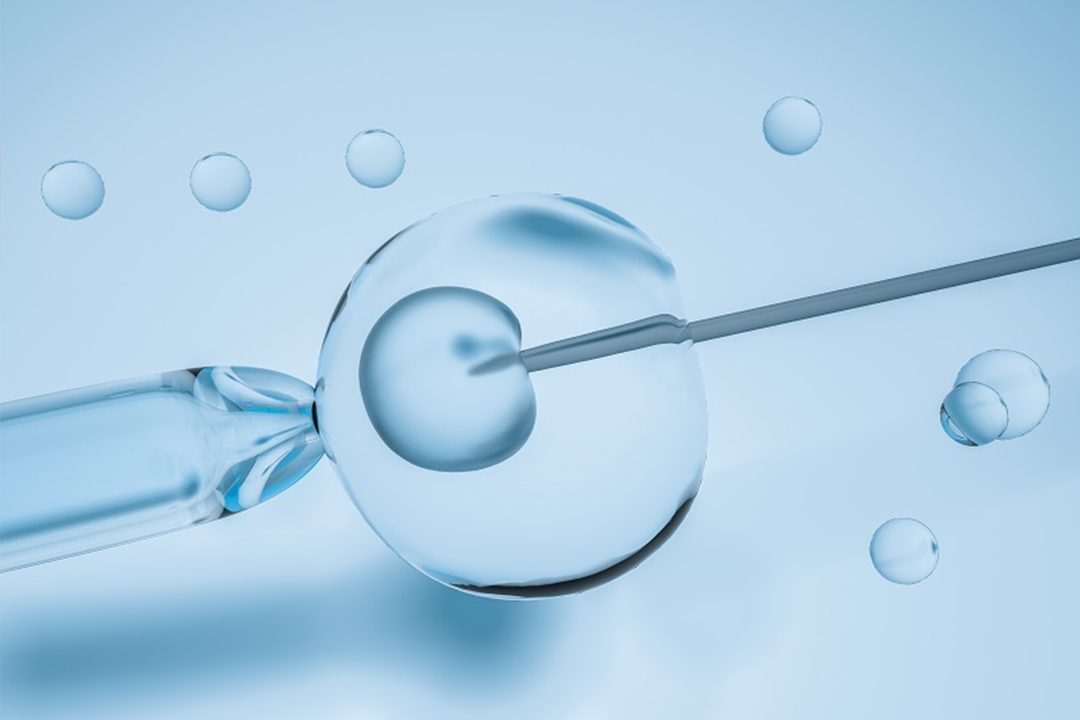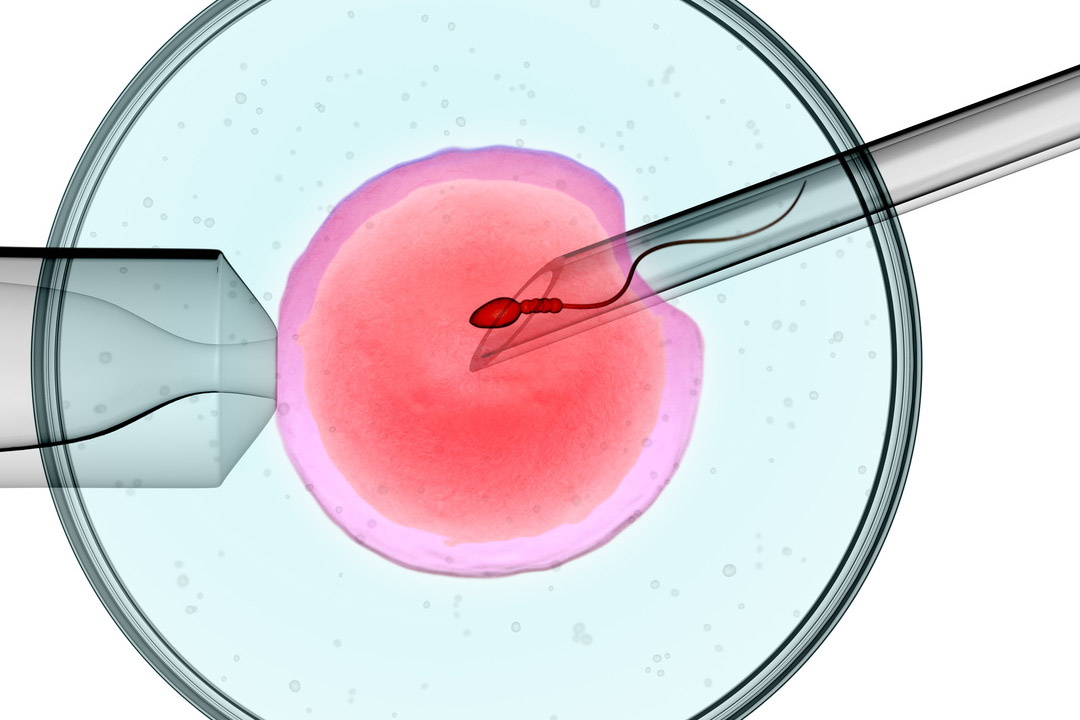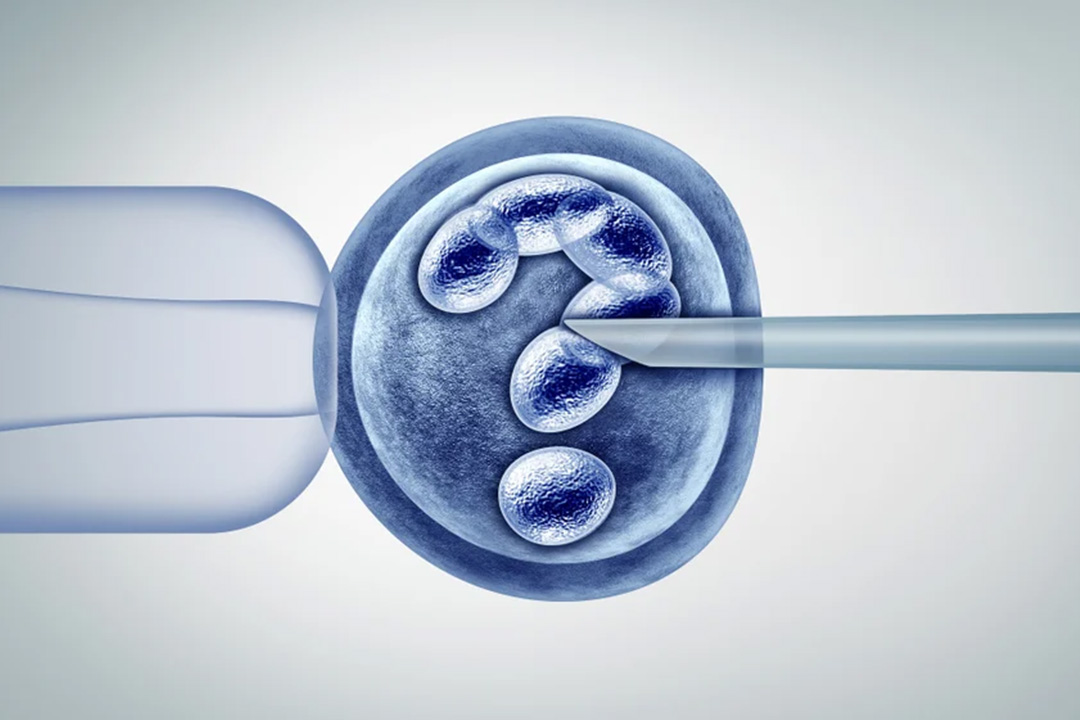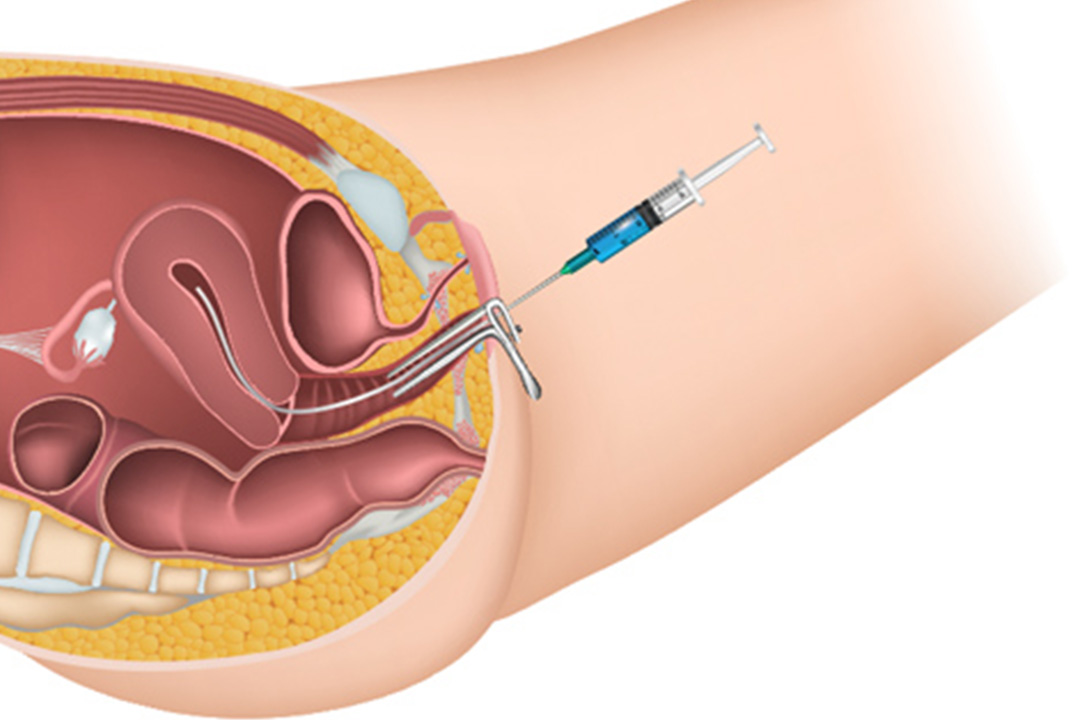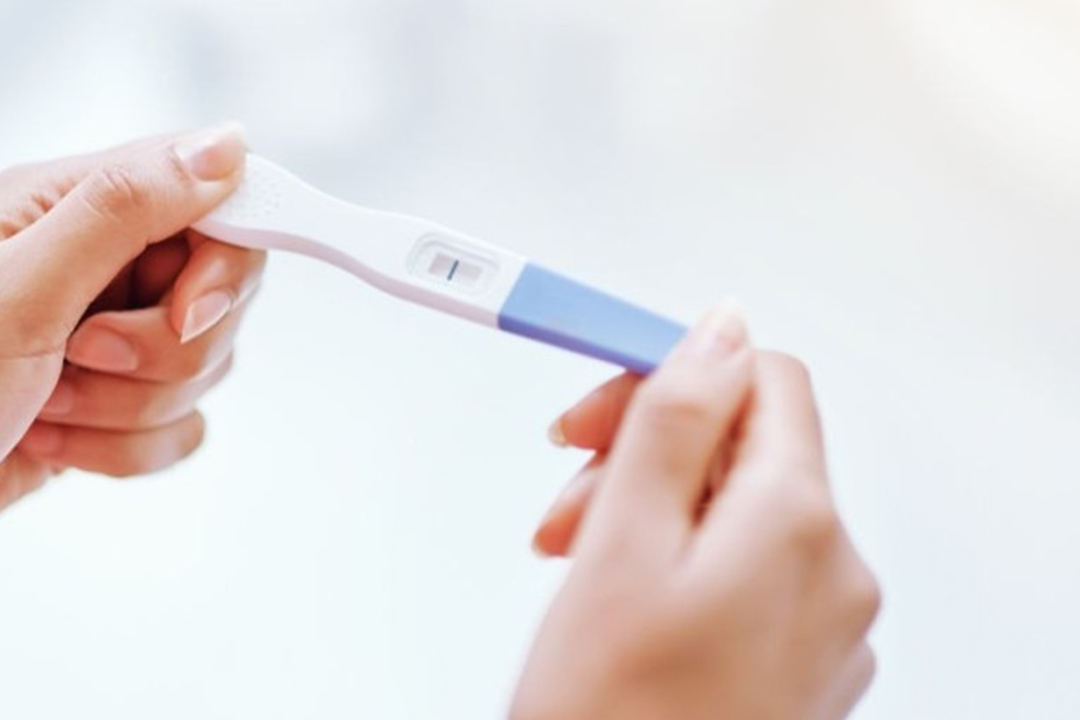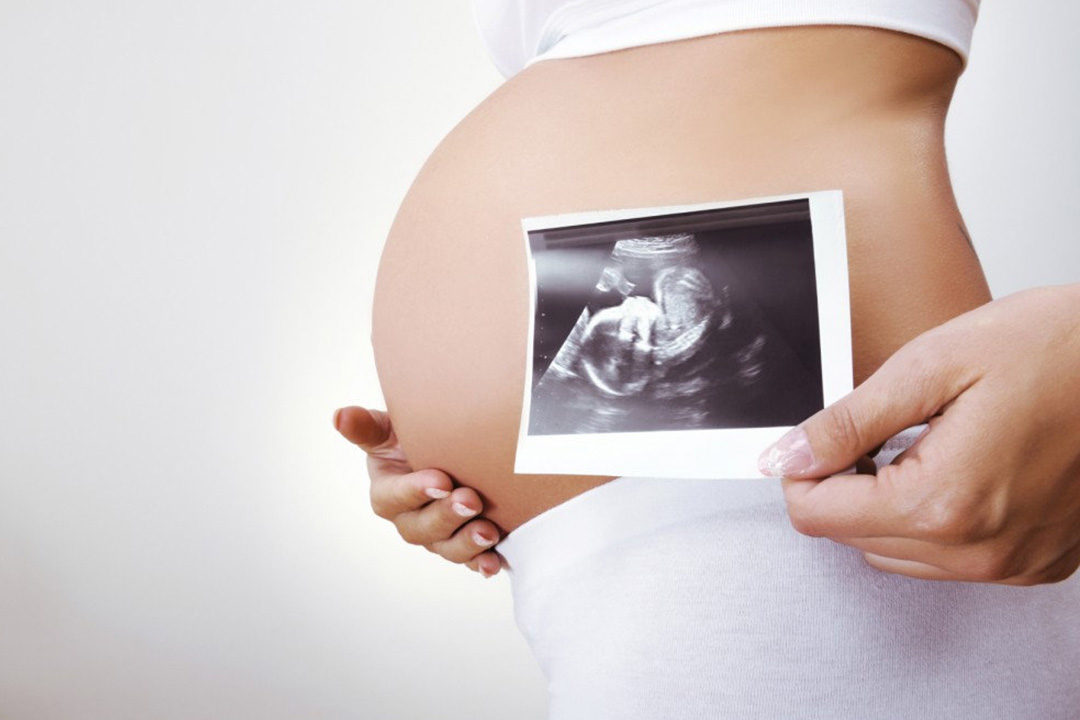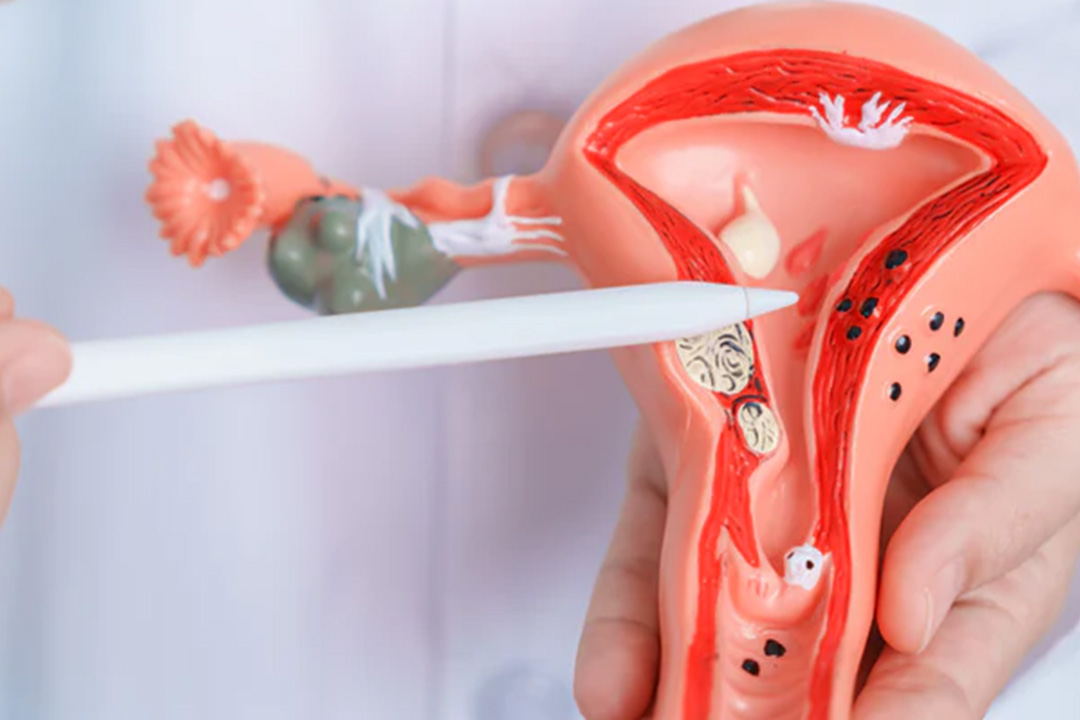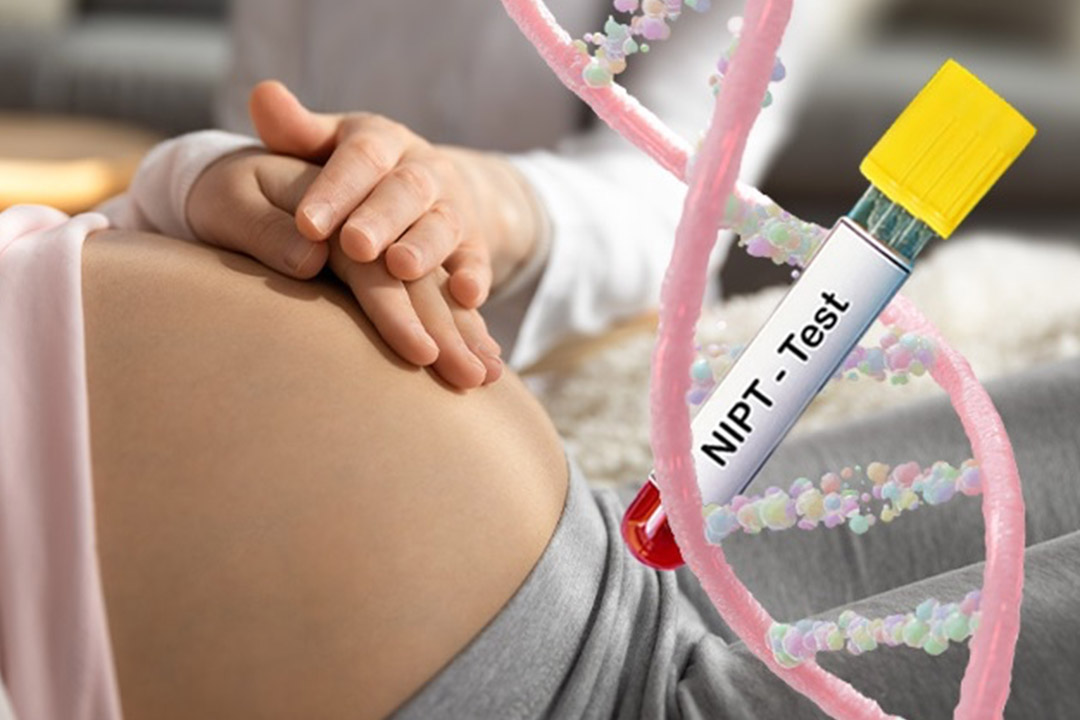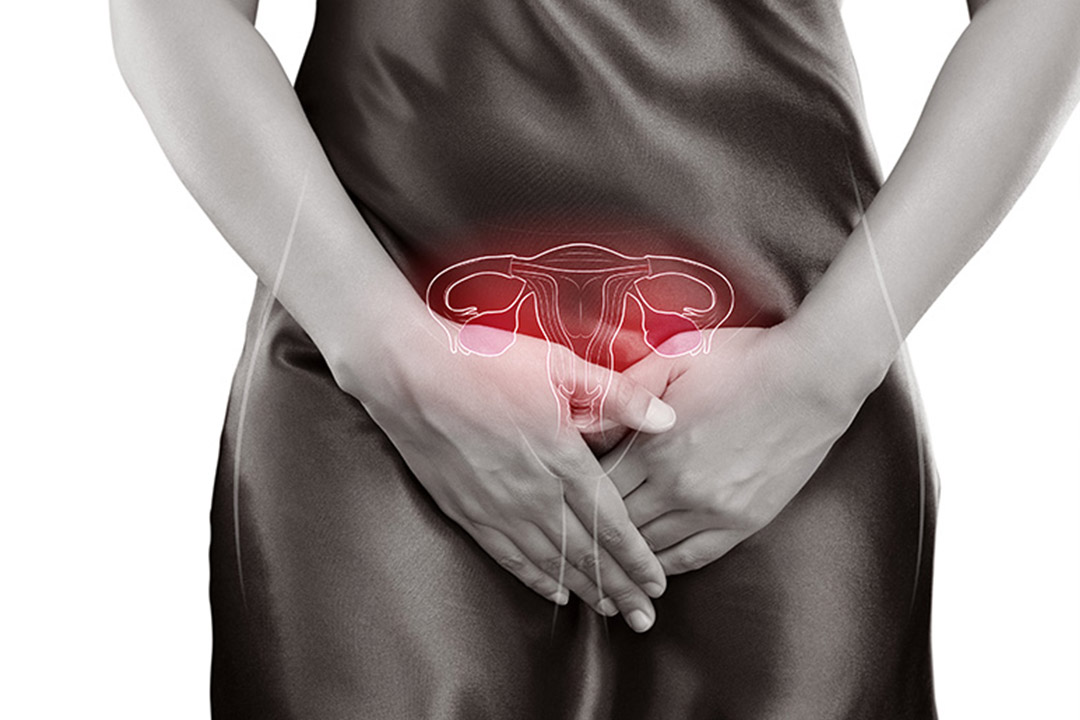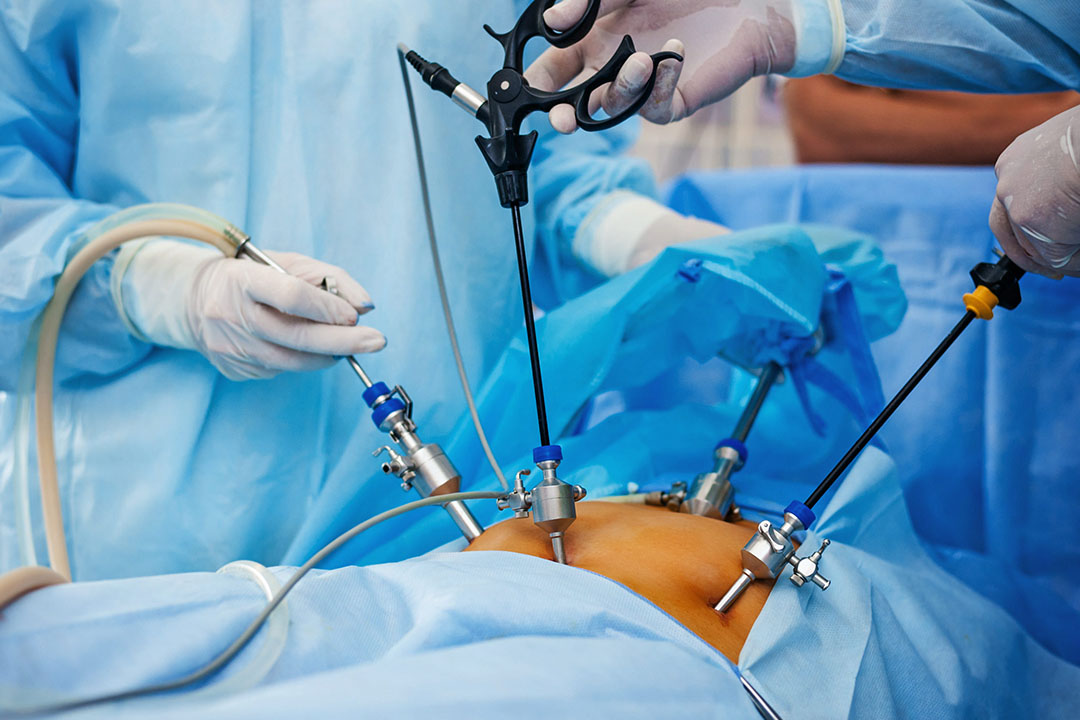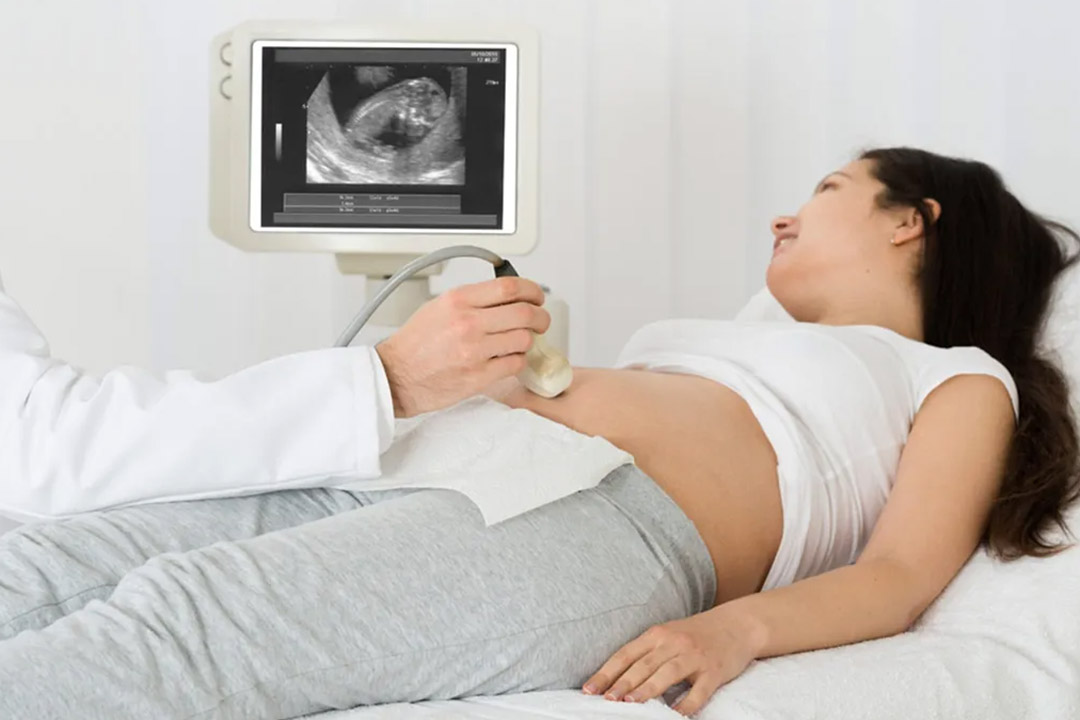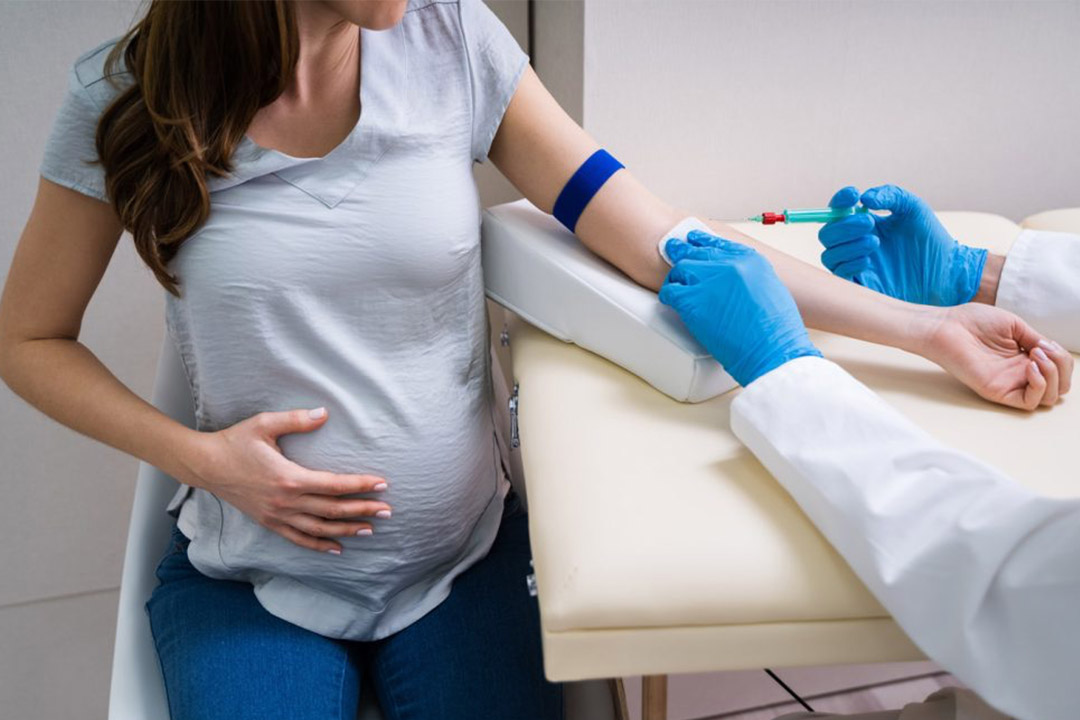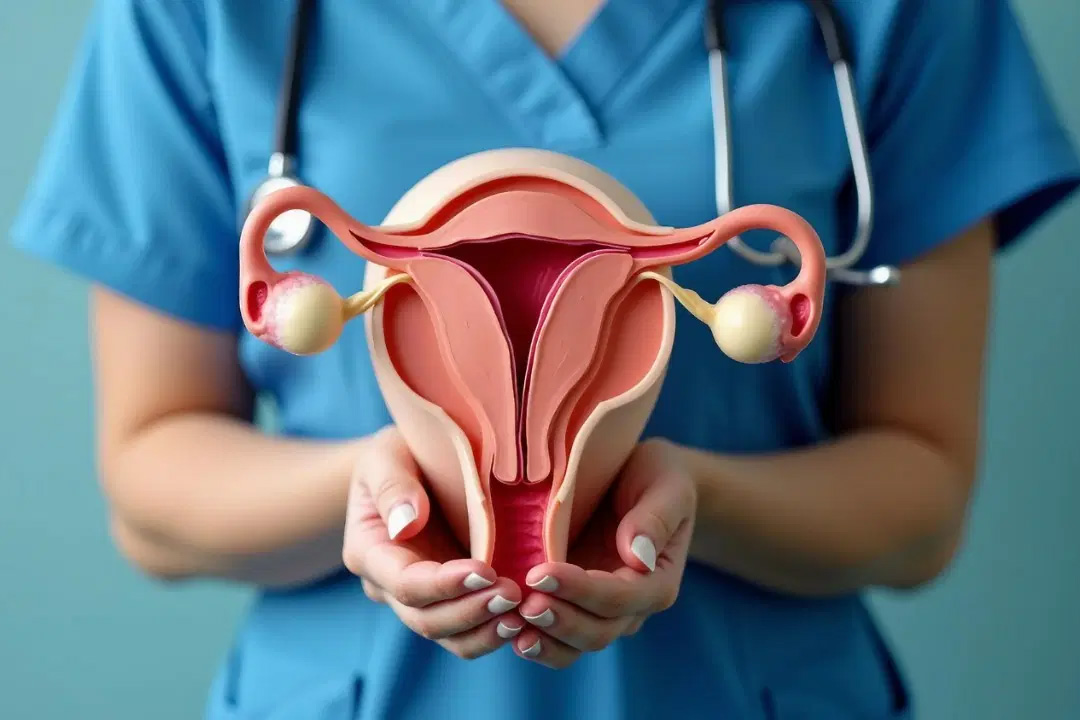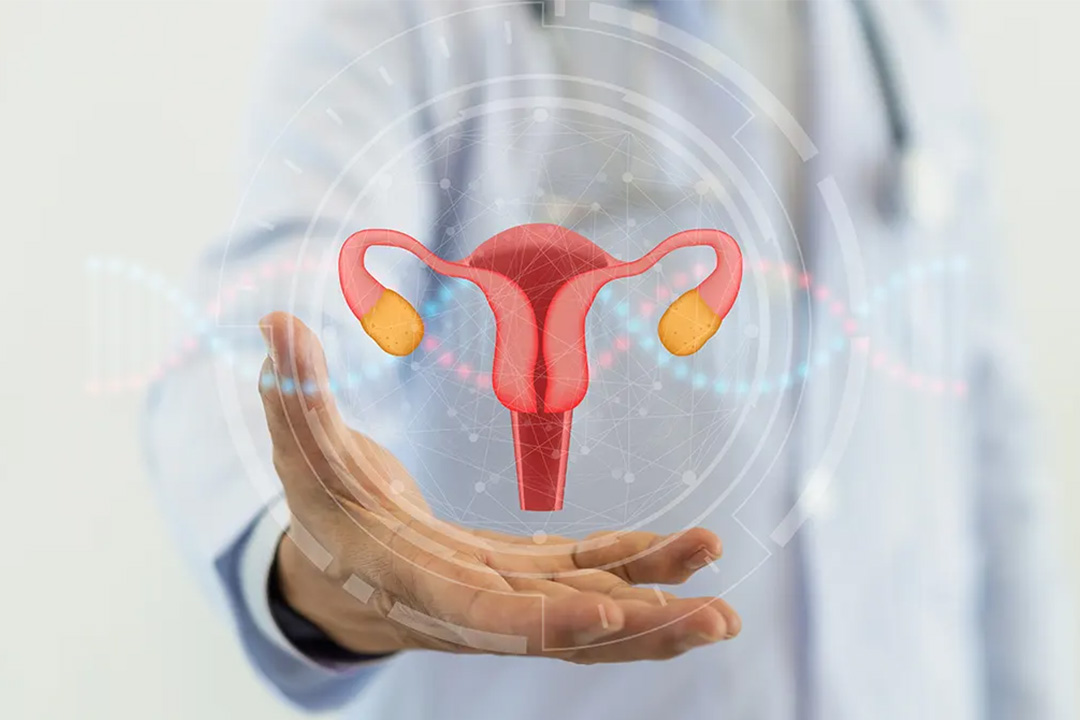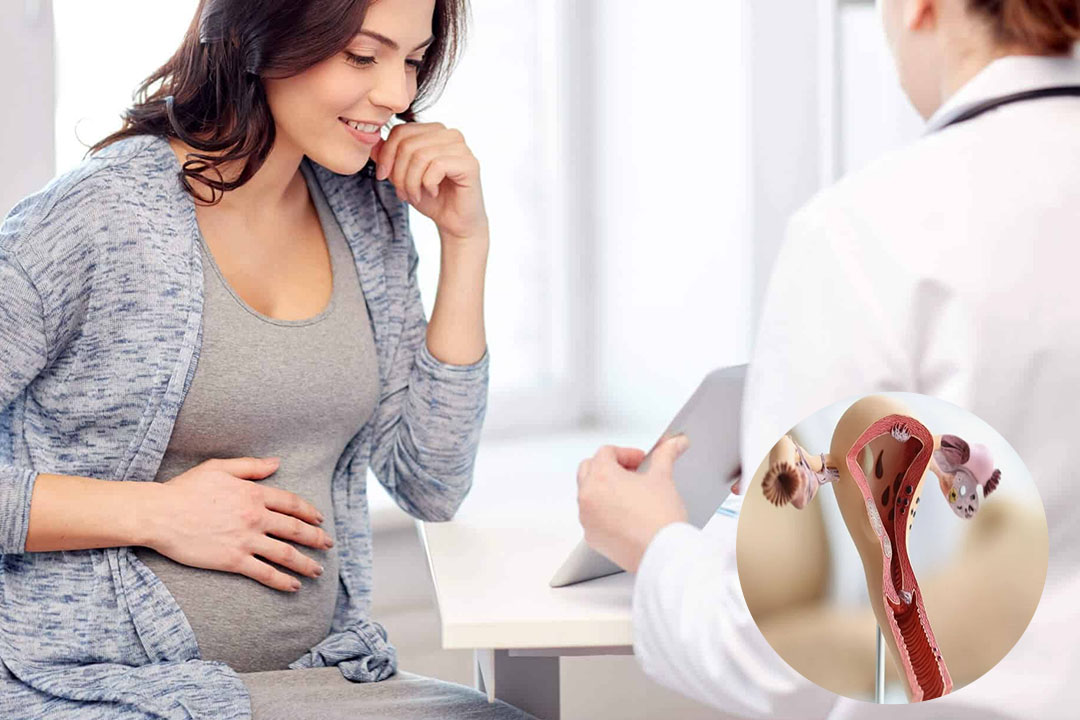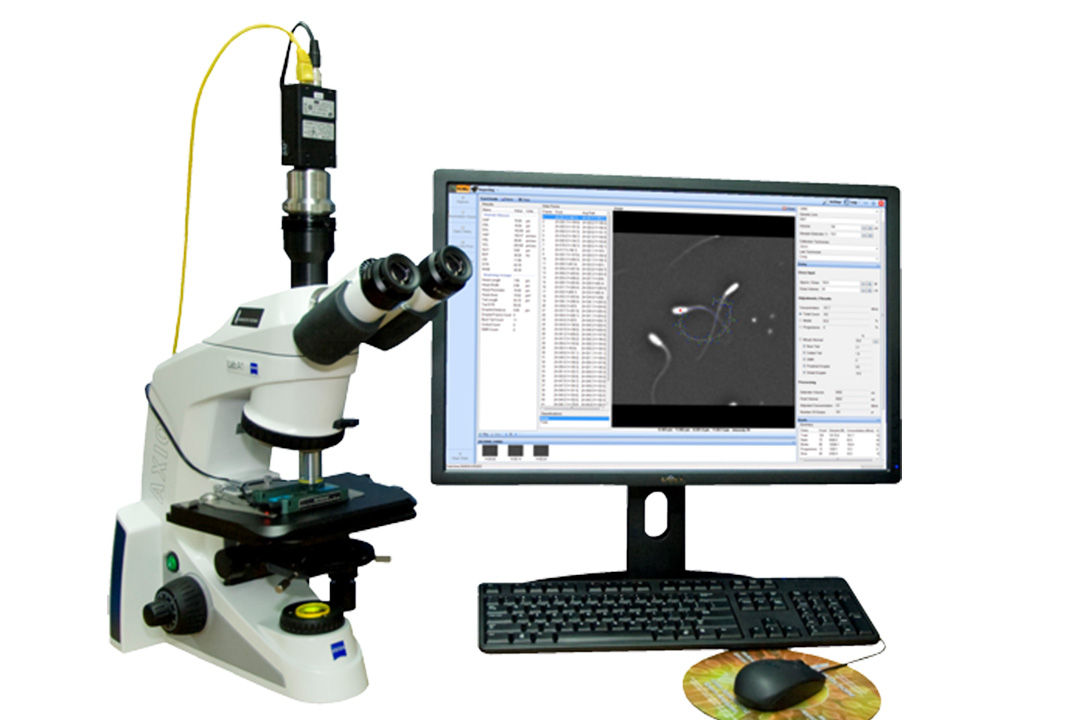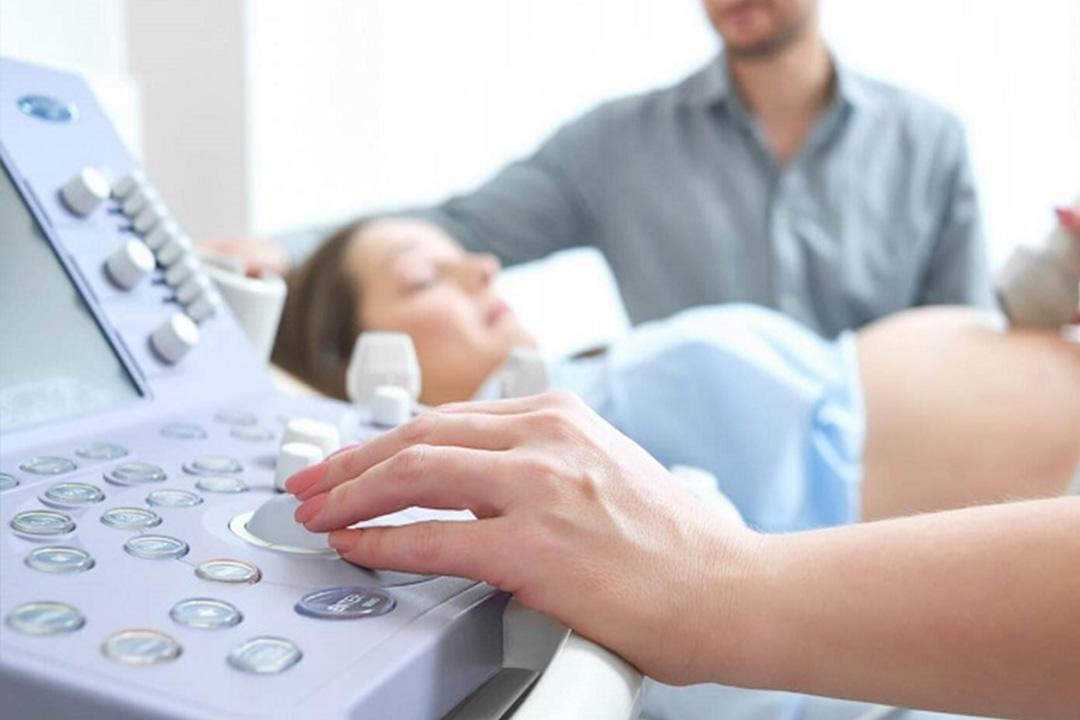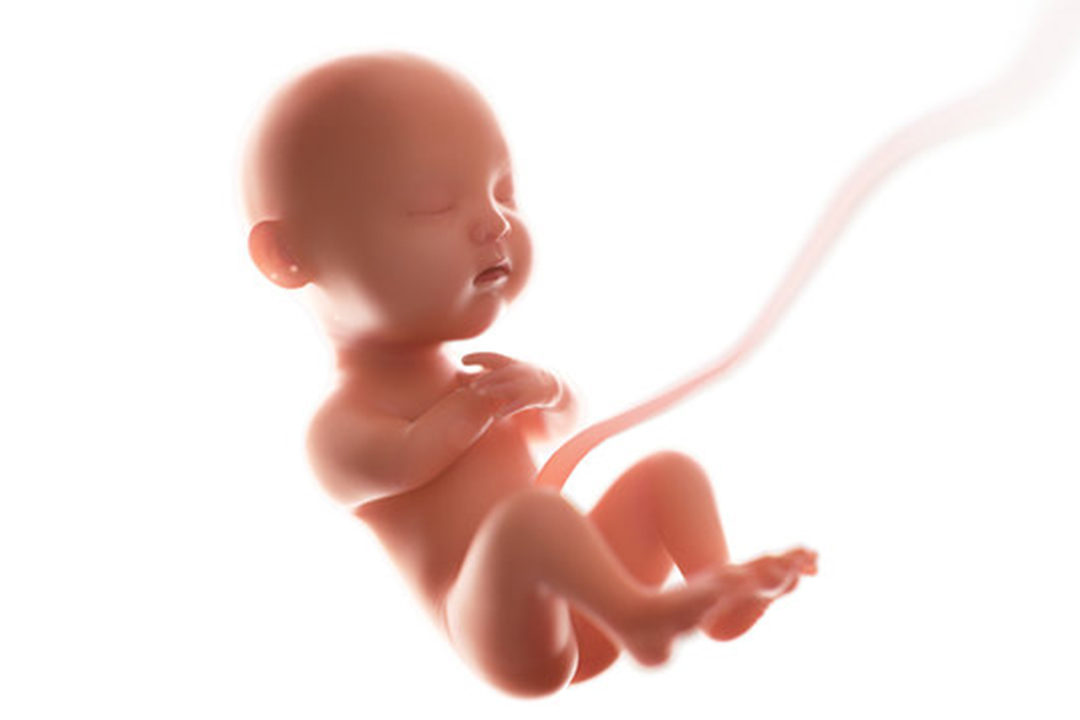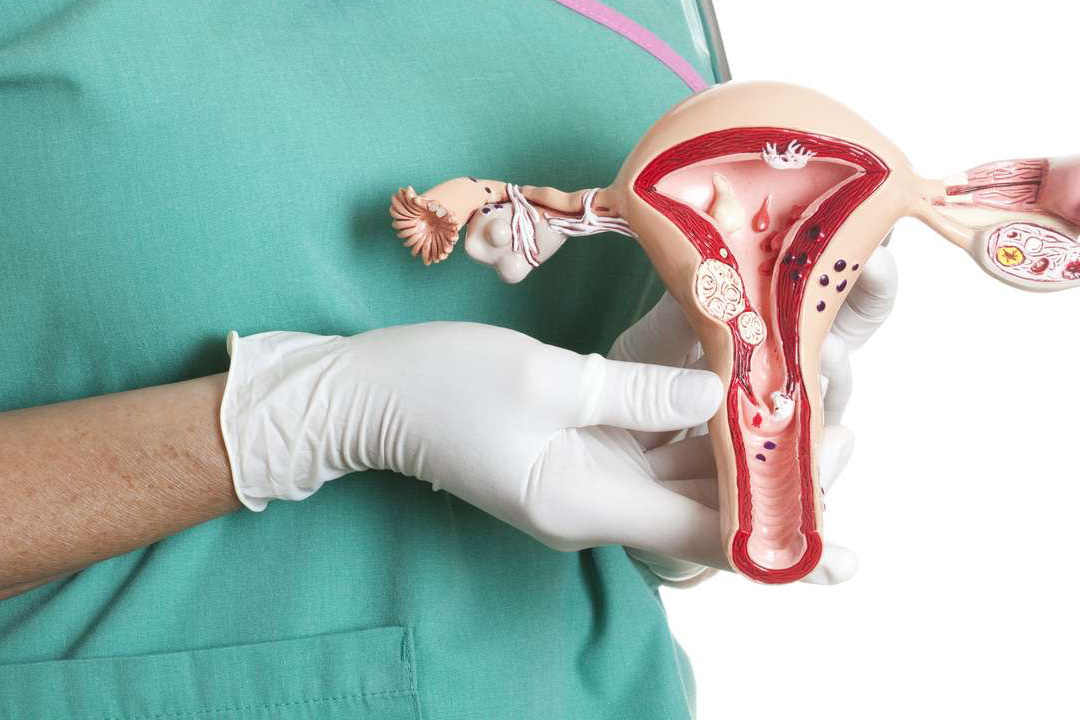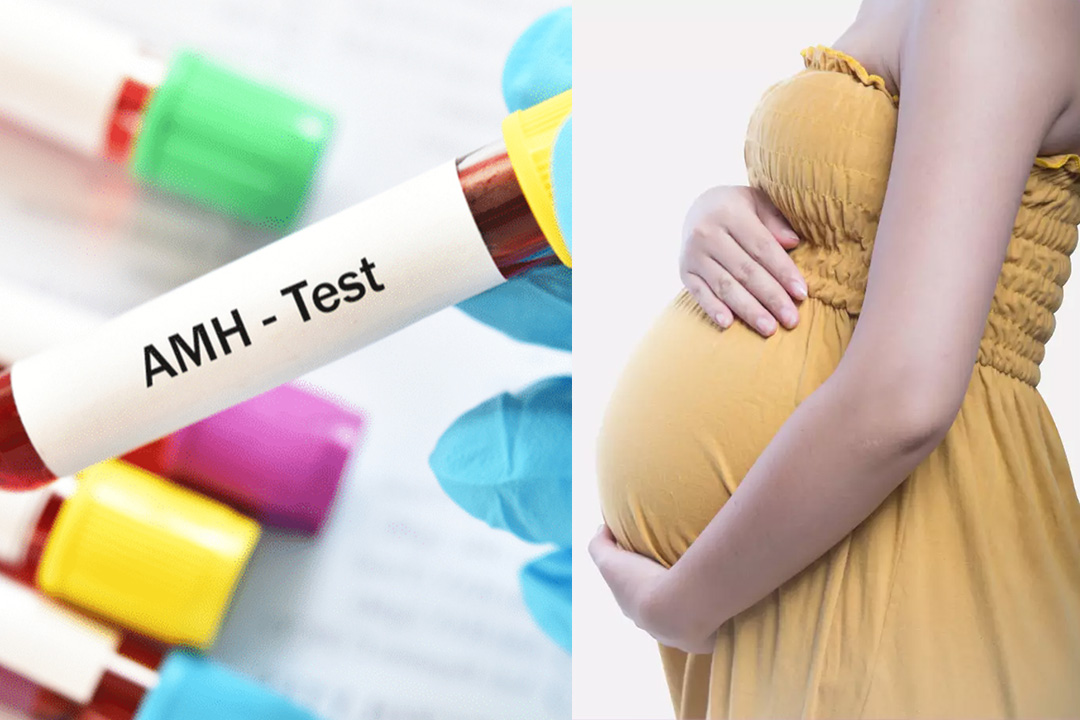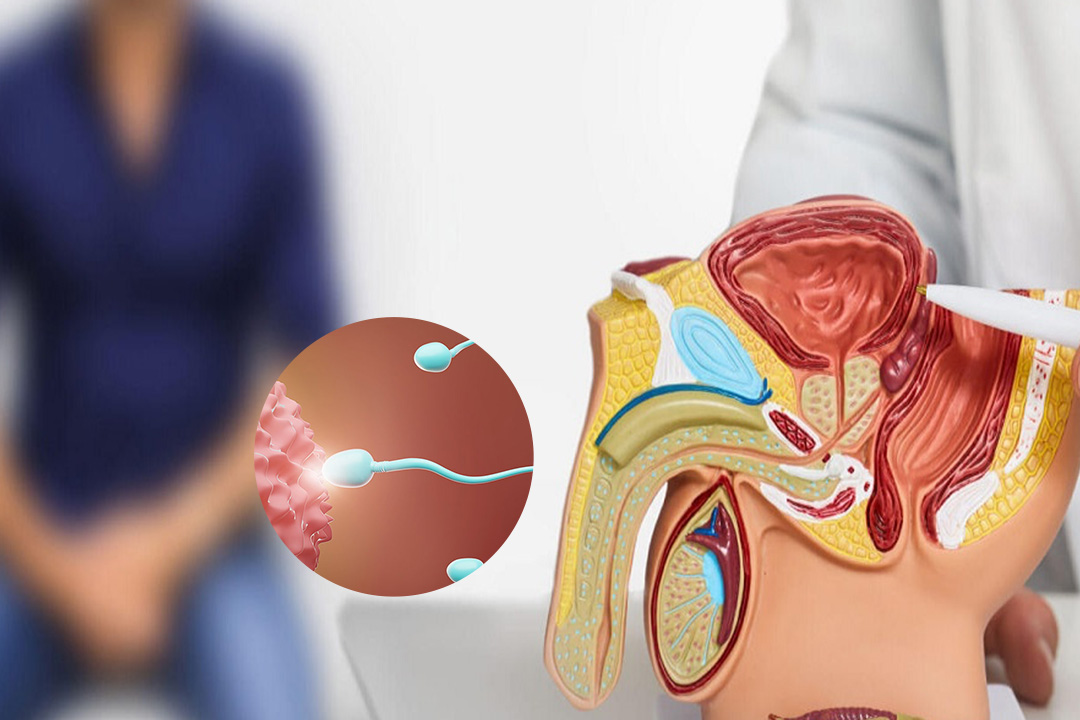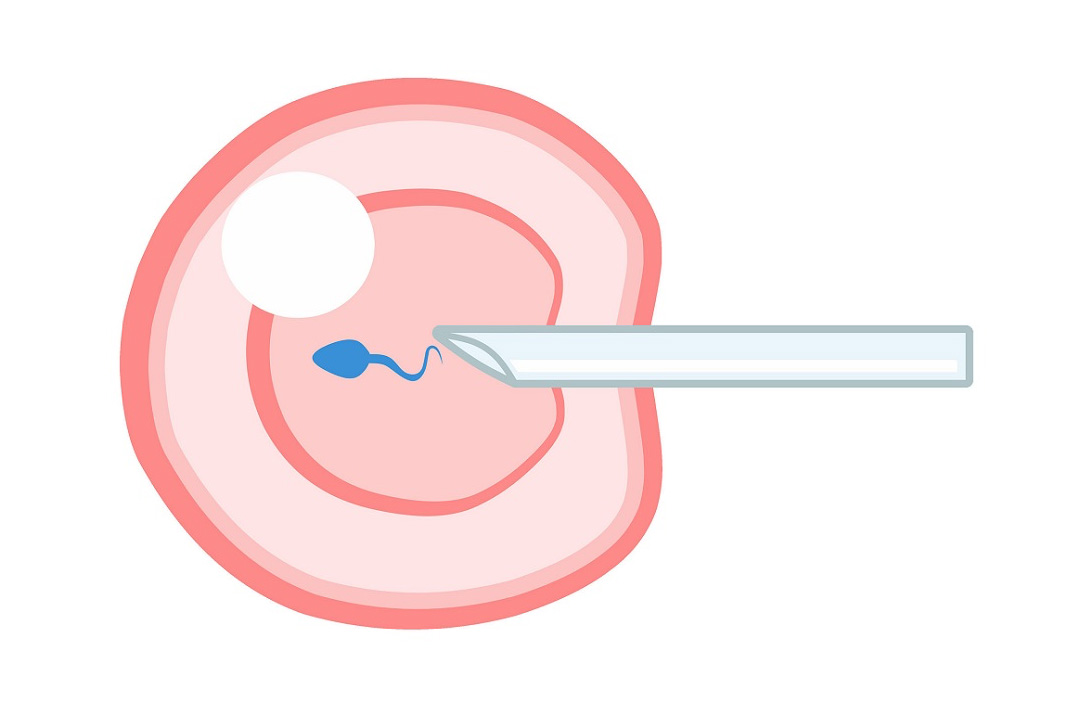Successful Pregnancy with Adenomyosis: A Complete Overview
Adenomyosis is a gynecological condition in which the endometrial lining develops into the muscular wall of the uterus. The effects might include uterine enlargement, excessive menstrual bleeding, and constant pelvic pain.
However, with increased awareness of this condition, many people can successfully conceive despite having adenomyosis. This article looks at the chances of a successful pregnancy with adenomyosis, the difficulties which could arise, and how to improve the prospects for pregnancy.
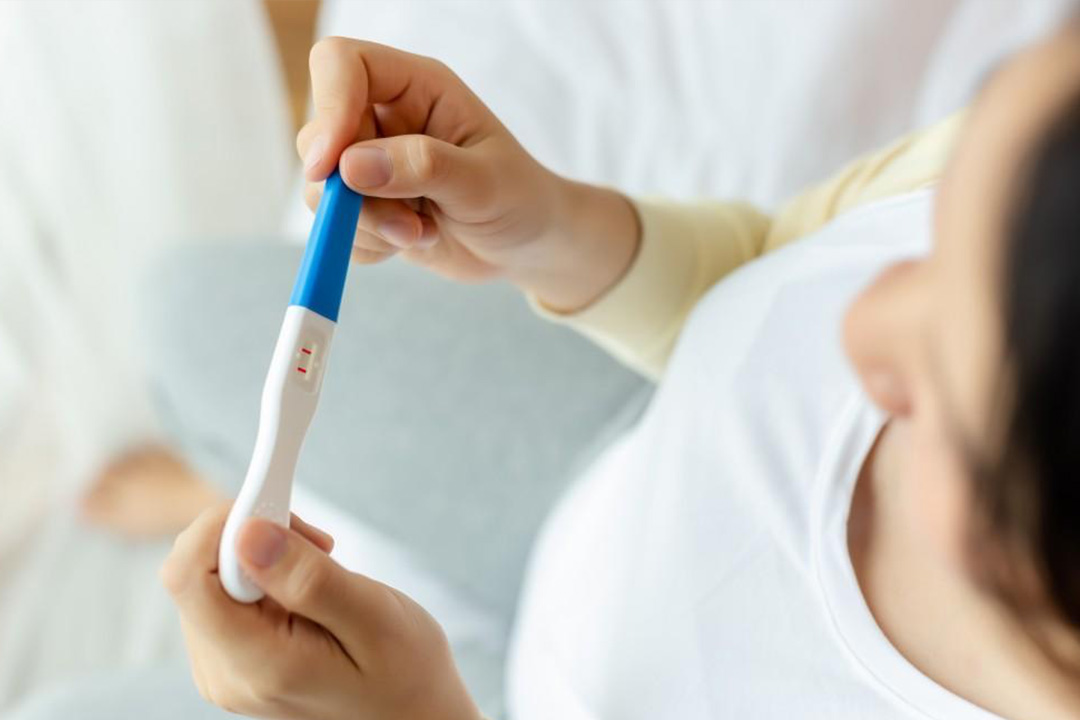
Understanding Adenomyosis's Impact on Fertility
Adenomyosis is commonly associated with endometriosis, a disorder in which tissue forms outside the uterus and mimics the lining of the endometrium. The circumstances together can have a significant influence on women's fertility. Adenomyosis, in particular, alters the uterine environment, interfering with uterine contractions required for effective embryo implantation.
The actual frequency of adenomyosis in infertile women is unknown, although studies suggest that 20-35% of infertile women with no known cause may be affected by this illness. Women with adenomyosis can still conceive, either naturally or with ART such as IVF.
Is it possible to get pregnant with adenomyosis?
Adenomyosis can lead to pregnancy, although it may require medical intervention and close monitoring. Advances in imaging methods, notably transvaginal ultrasound and magnetic resonance imaging (MRI), have improved the early identification of adenomyosis, allowing for prompt treatment prior to conception.
The severity of the disease, the woman's age, and the presence of other disorders such as endometriosis can all influence the chance of becoming pregnant. Mild and moderate adenomyosis are unlikely to significantly impede fertility, however severe instances may need surgery or pharmacological therapy to optimize conception.
Chances of Pregnancy with Adenomyosis
Although evidence suggests that adenomyosis reduces the overall pregnancy rate, it never completely eliminates the potential of conceiving. Research studies have also shown that women with adenomyosis who undergo IVF had somewhat lower rates of implantation and live birth than those who do not have the illness.
Despite this, pregnancy rates improve with adenomyosis when treated appropriately, such as with hormone therapy to decrease inflammation inside the uterus and surgery (adenomyomectomy) to remove damaged tissue.
In women who are attempting to conceive naturally, the likelihood of conception may be connected to the severity of the illness and their general reproductive health. Consultation with a fertility expert is required for frequent examinations of ovarian reserve and fallopian tube.
Pregnancy with adenomyosis and endometriosis
Adenomyosis and endometriosis are two coexisting disorders that complicate the chances of a successful pregnancy. Both disorders are associated with persistent inflammation and altered immunological responses, which might impair the uterine environment.
Women with these diseases may have lower egg quality, worse embryo implantation, and a higher chance of miscarriage.
Treatment procedures for pregnant women with adenomyosis and endometriosis often include inflammation management as well as hormone restoration. Hormonal therapy includes the use of GnRH agonists and antagonists to control symptoms and uterine receptivity.
According to studies, people who undergo IVF after having pre-treatment with such medicines have a higher chance of becoming pregnant.
Full-Term Pregnancy and Adenomyosis
It is possible to have a full-term pregnancy with adenomyosis, albeit it presents some particular complications. Adenomyosis-related pregnancy problems include preterm labor, preeclampsia, and placental abnormalities such as placenta previa or placental abruption. Monitoring during pregnancy is thus essential for detecting and managing these issues early.
Obstetricians frequently prescribe ultrasounds and non-stress testing to monitor the fetus' development and wellbeing. If the uterus is extremely large or is injured because of adenomyosis, a cesarean section may be arranged to reduce the risk of uterine rupture.
Pregnancy Complications with Adenomyosis
Pregnancy problems happen frequently among women with adenomyosis. The complications include the following:
- Research has shown that the rate of miscarriage increases, particularly during the first trimester.
- Structural alterations within the uterus may contribute to premature labor.
- This is an uncommon complication, although it can occur when the uterine wall is extensively implicated.
- Women with adenomyosis are more likely to have disorders such as placenta accreta, which occurs when the placenta attaches too deeply into the uterine wall.
Despite the challenges of adenomyosis, many women are able to carry their pregnancies to term with proper medical care. Early diagnosis of problems, along with a specific prenatal care
Strategies to Improve Pregnancy Success with Adenomyosis
Gynecologists, reproductive endocrinologists, and obstetricians work together to enhance pregnancy outcomes in adenomyosis. Some of the tactics are:
- They offer complete examinations of uterine health and conception obstacles.
- Hormonal therapy, such as GnRH agonists, can assist to decrease inflammation caused by adenomyosis and make the uterus more responsive.
- They are extreme situations in which treatments like adenomyomectomy are performed to increase fertility.
- IVF is still a possibility for many women with adenomyosis, particularly when natural conception fails.
- Maintaining a healthy weight, managing stress, and eating a nutrient-dense diet can all assist improve overall reproductive health.
Emotional and Psychological Support
Many women find it difficult to become pregnant with adenomyosis, especially if they have tried several times. Support from family, friends, or even mental health specialists might alleviate the psychological strain of infertility and pregnancy problems. Joining a support group or communicating with people who have gone through similar experiences can be therapeutic.
Conclusion
Adenomyosis can make fertility and conception difficult, but with adequate medical treatment and care, a healthy pregnancy is possible. Advances in diagnostic techniques, hormone medications, and assisted reproductive technologies have improved the chances of women with this illness.
Women with adenomyosis who want to conceive should work with their healthcare professionals to create a tailored plan that addresses their specific requirements and increases their chances of having a healthy pregnancy. Despite the difficulties, many women with adenomyosis may experience the joys of motherhood with determination, proper preparation, and medical help.
About Us
AKsigen IVF is a premier center for advanced fertility treatments, with renowned fertility experts on our team. Specializing in IVF, ICSI, egg freezing, and other cutting-edge reproductive technologies, AKsigen IVF is committed to helping couples achieve their dream of parenthood. With personalized care and a patient-first approach, AKsigen IVF provides comprehensive fertility solutions under one roof.








